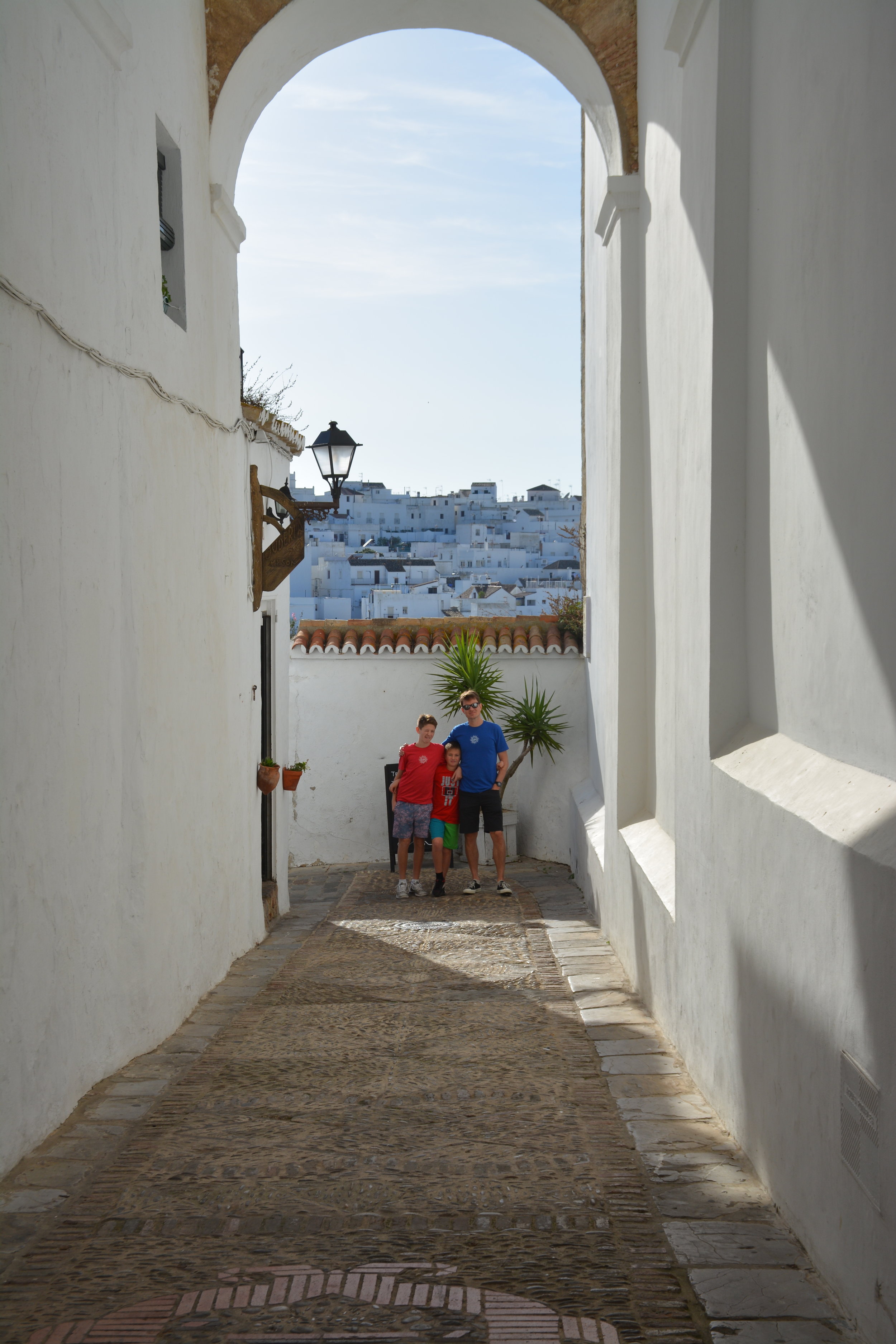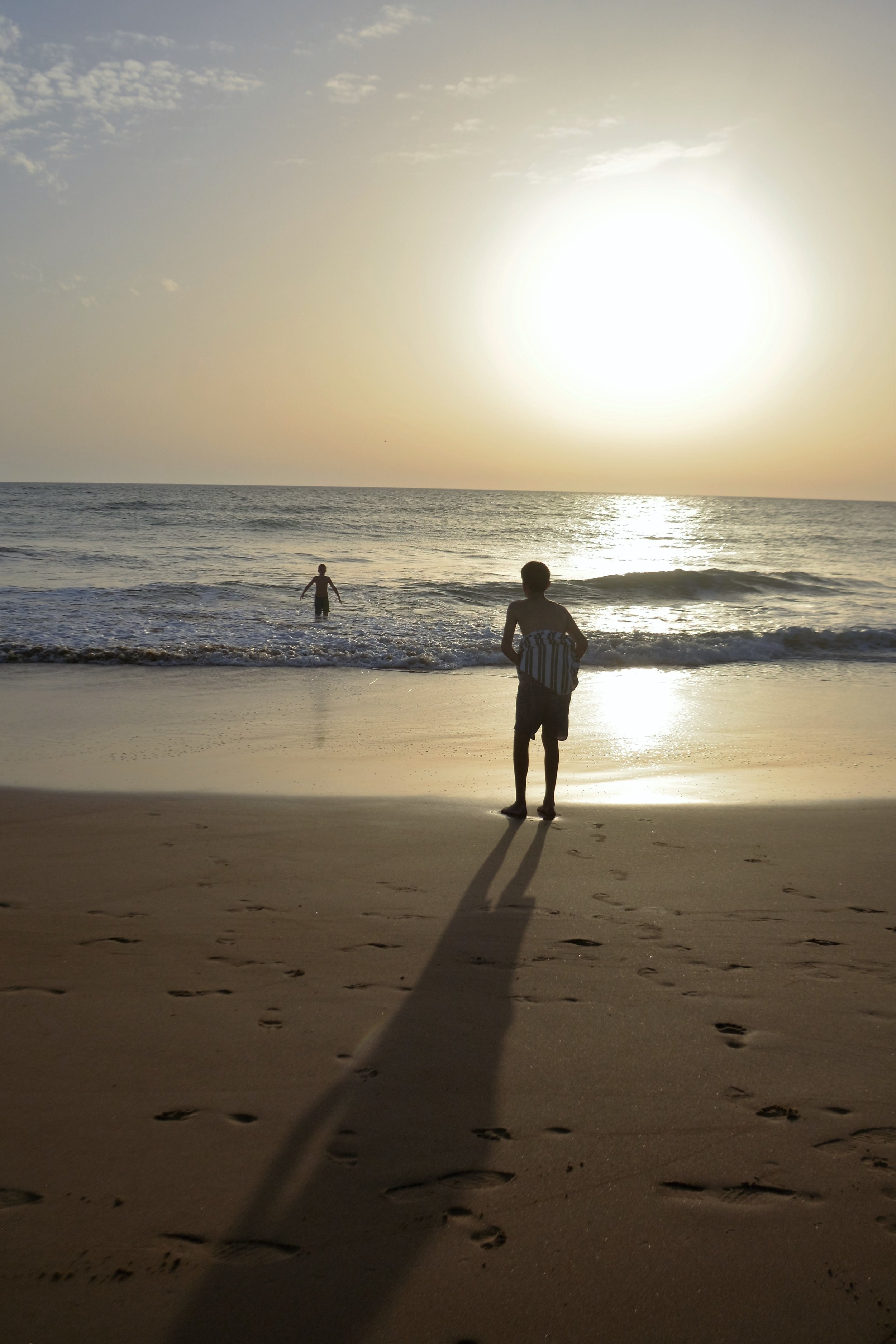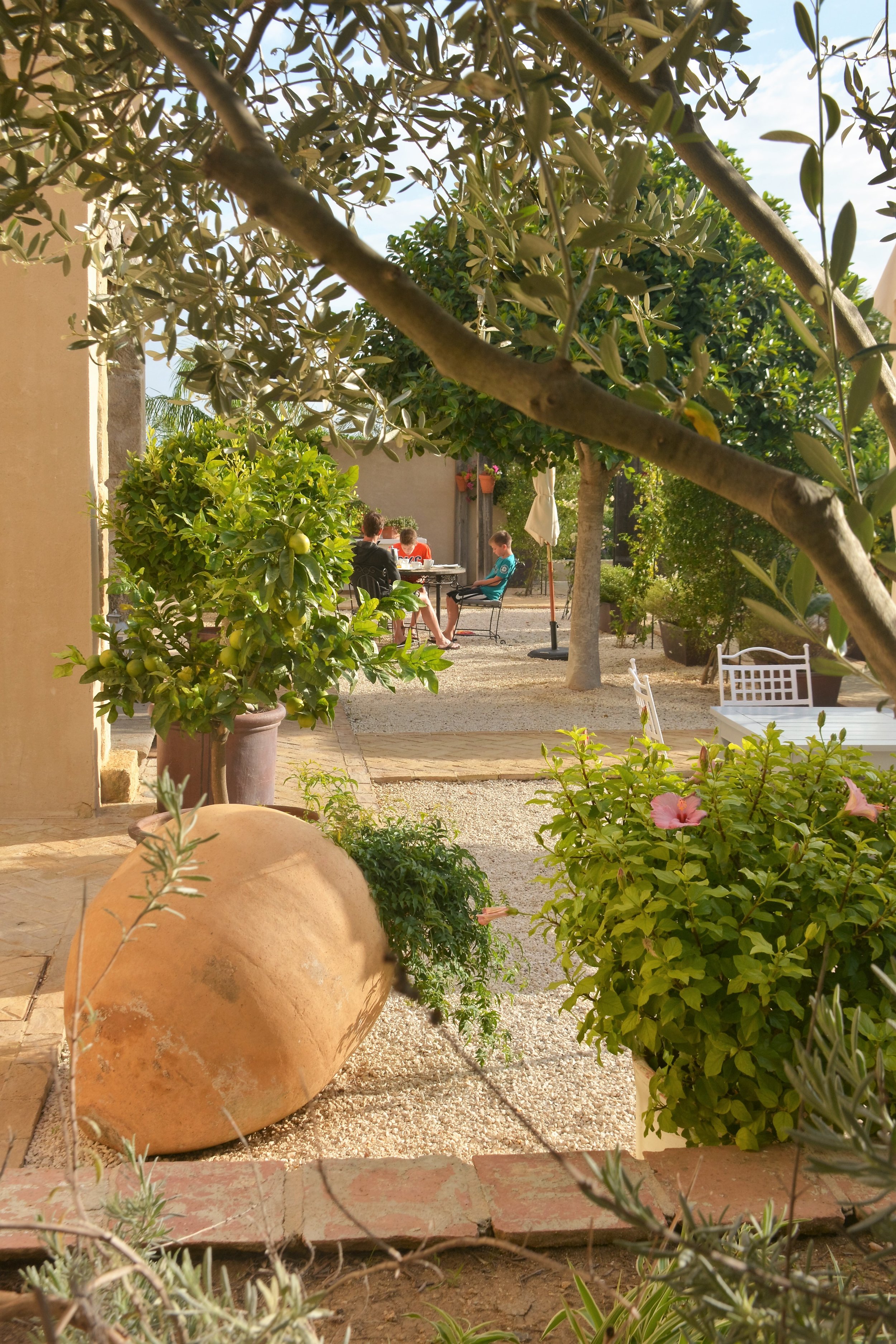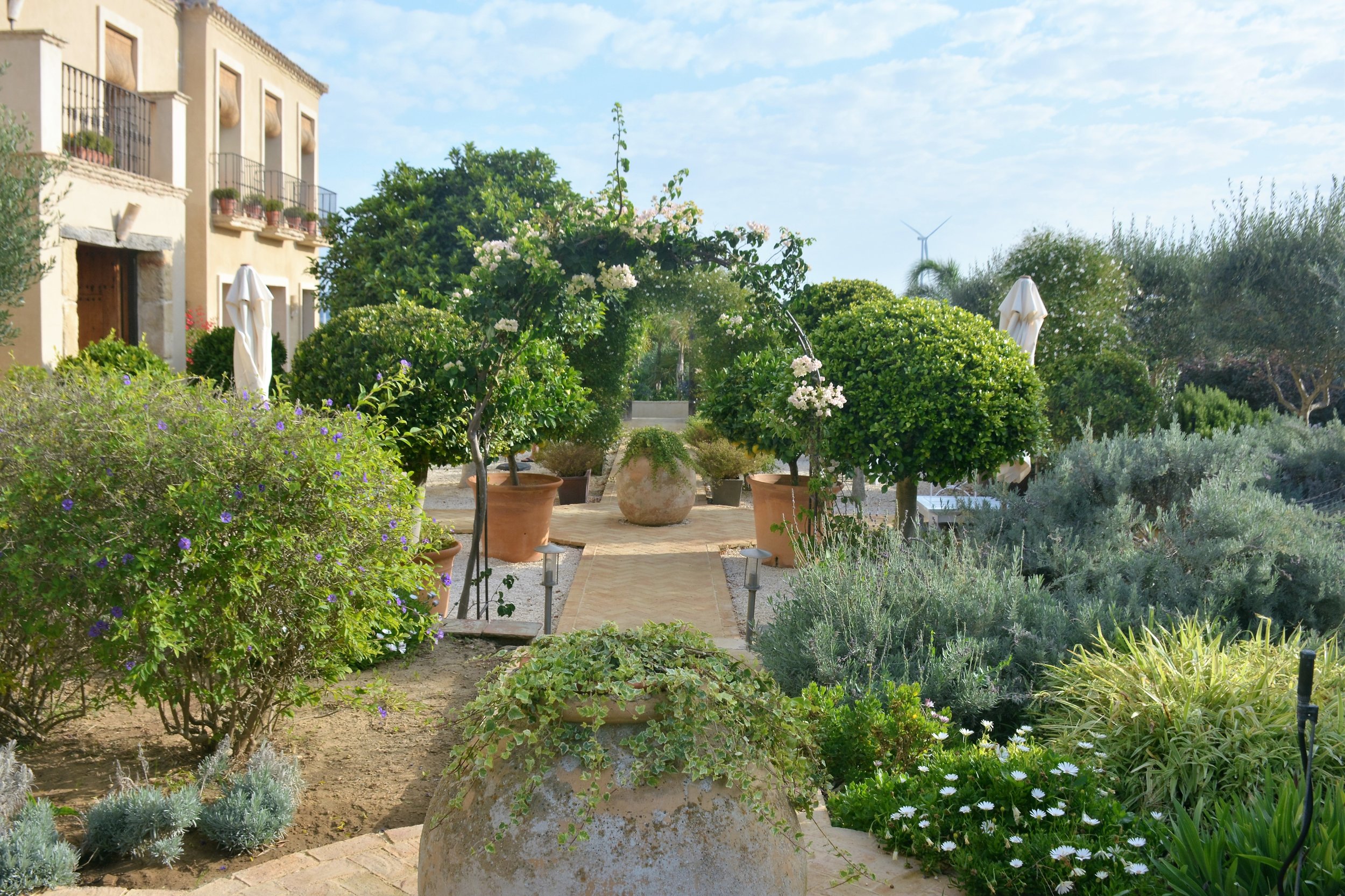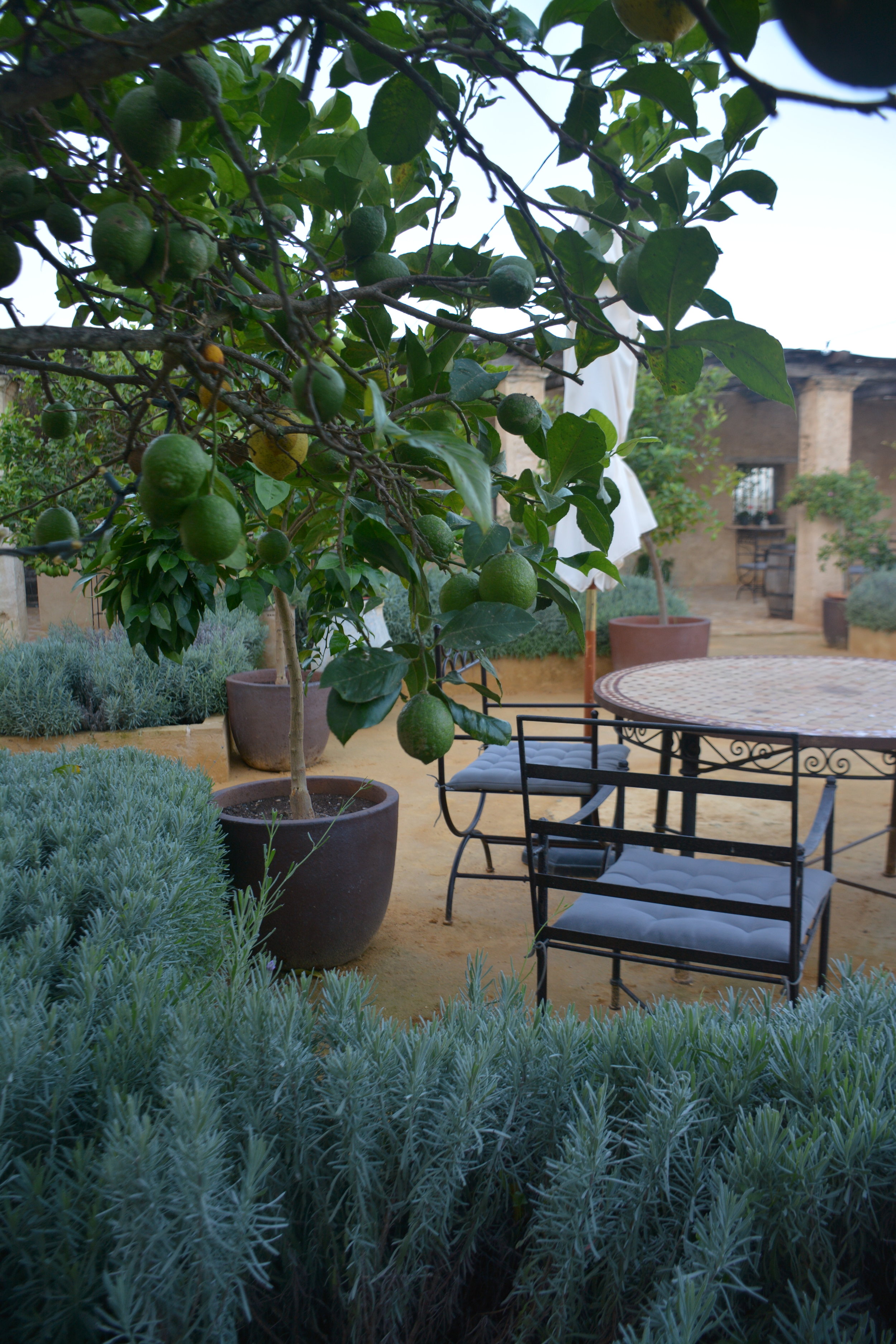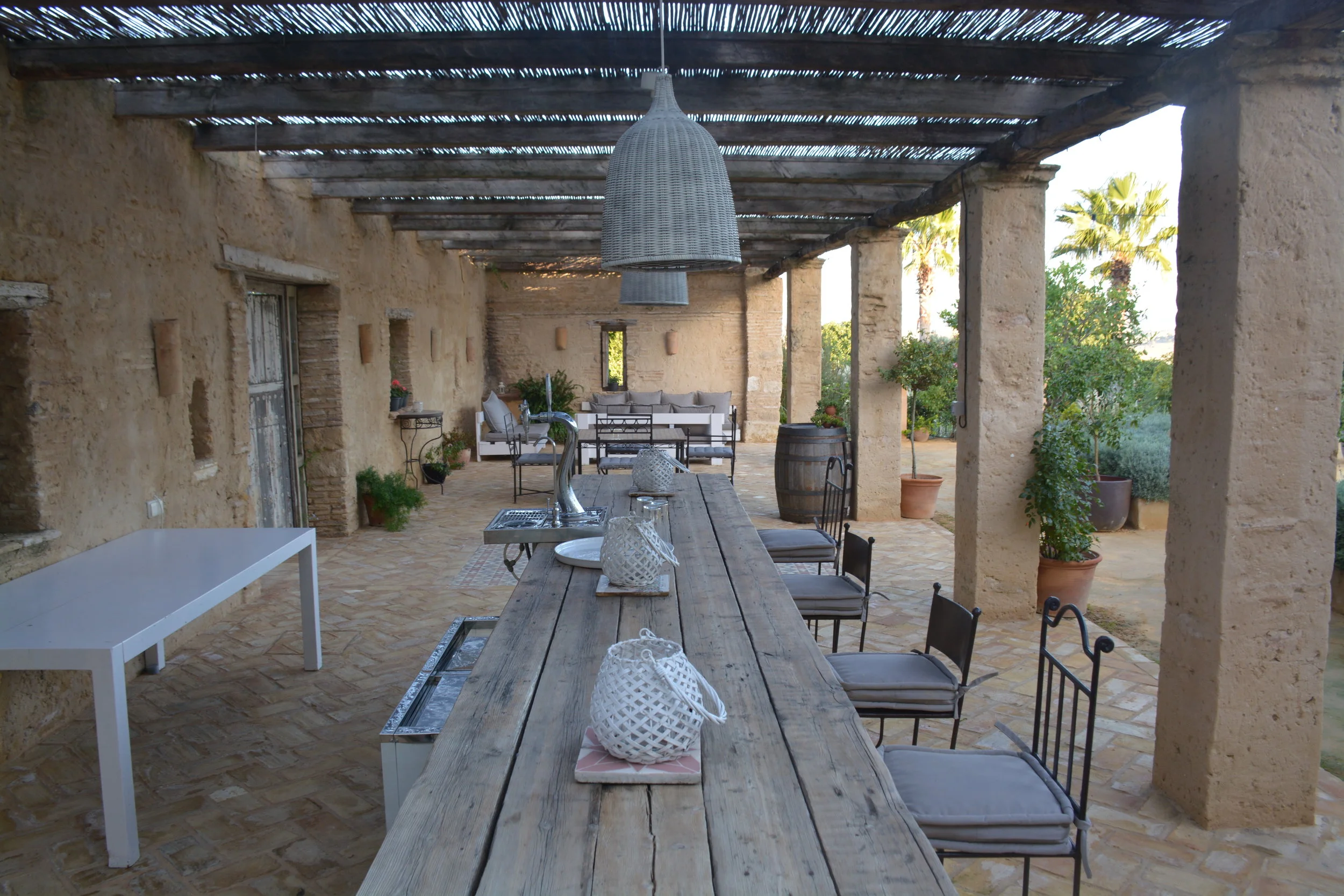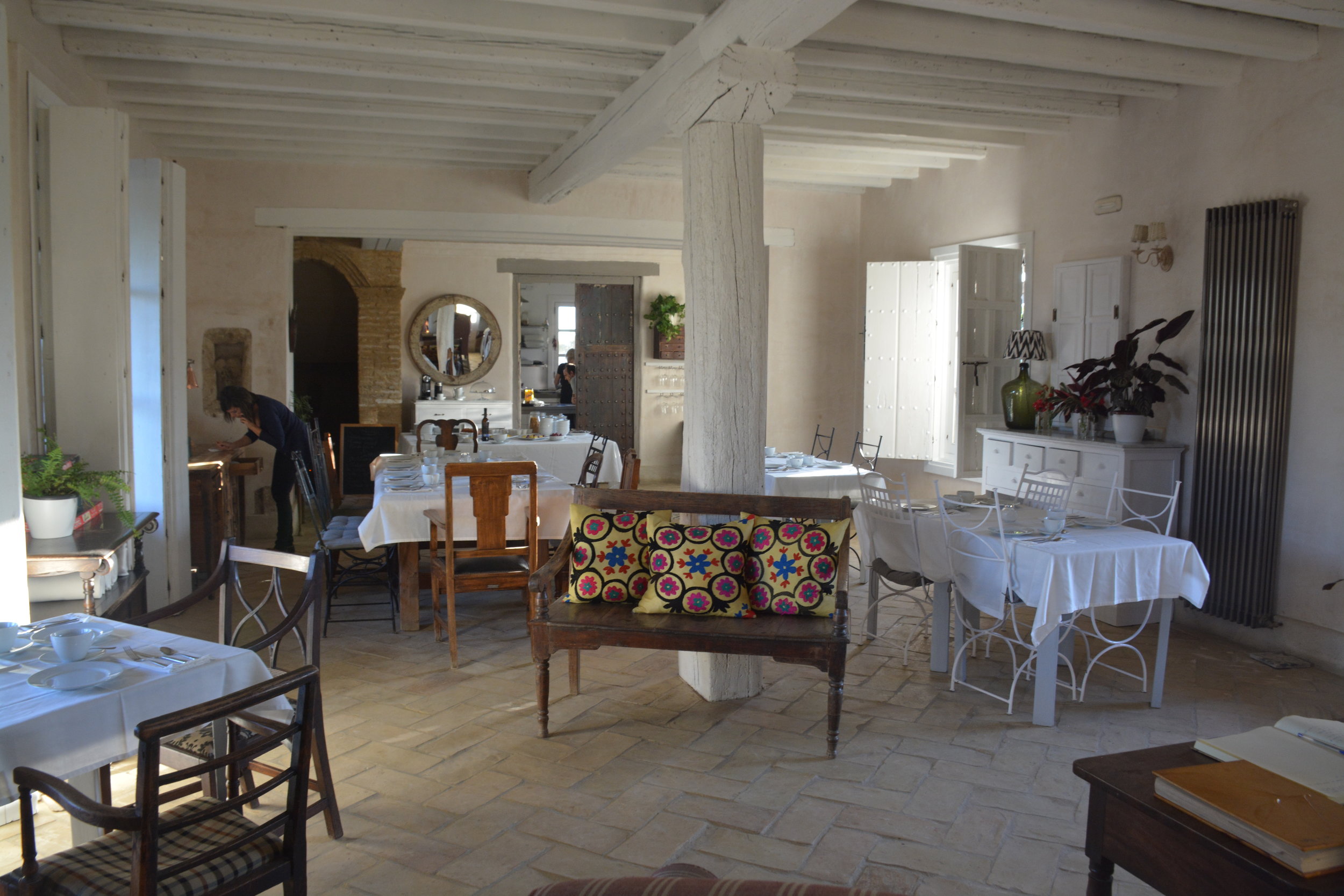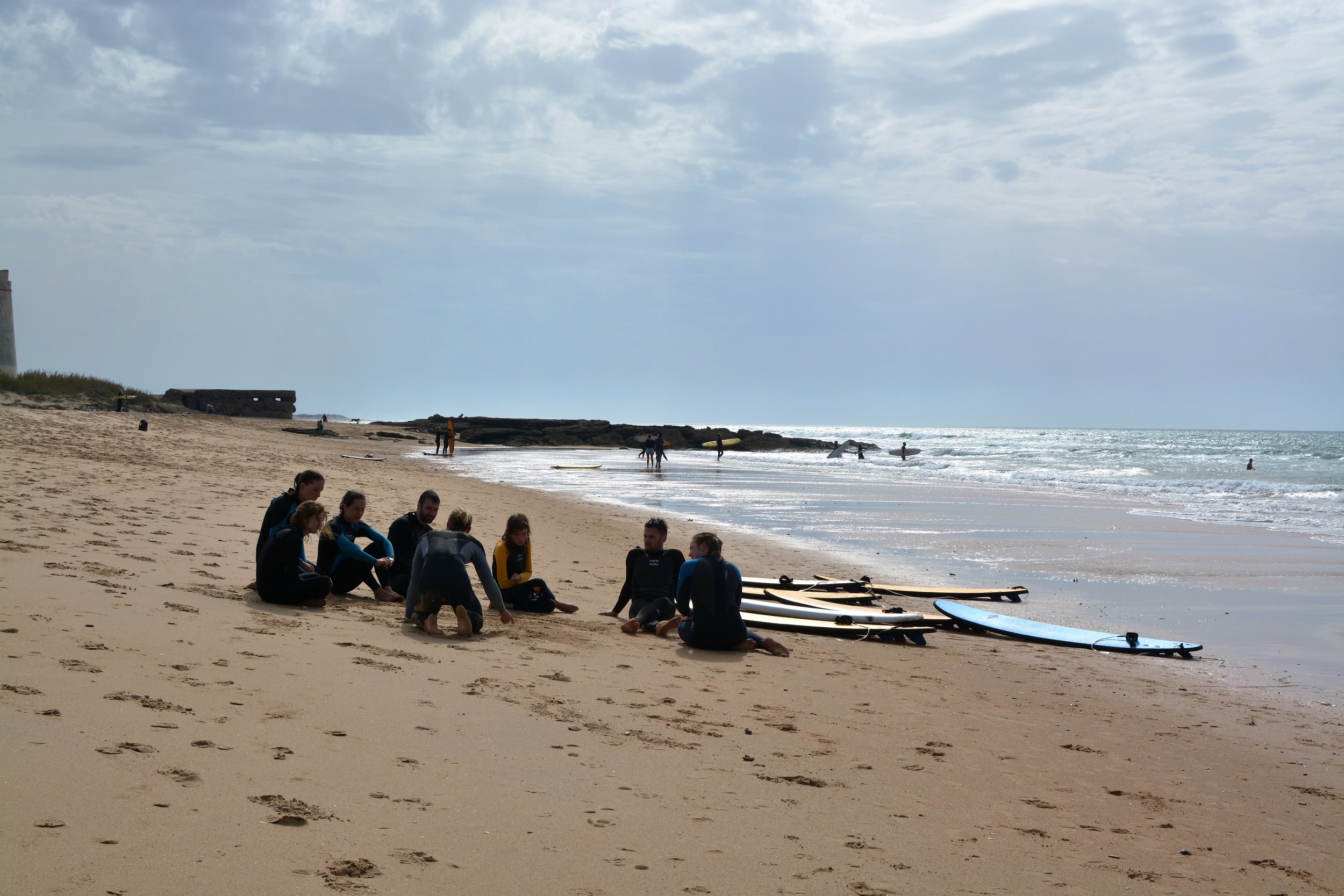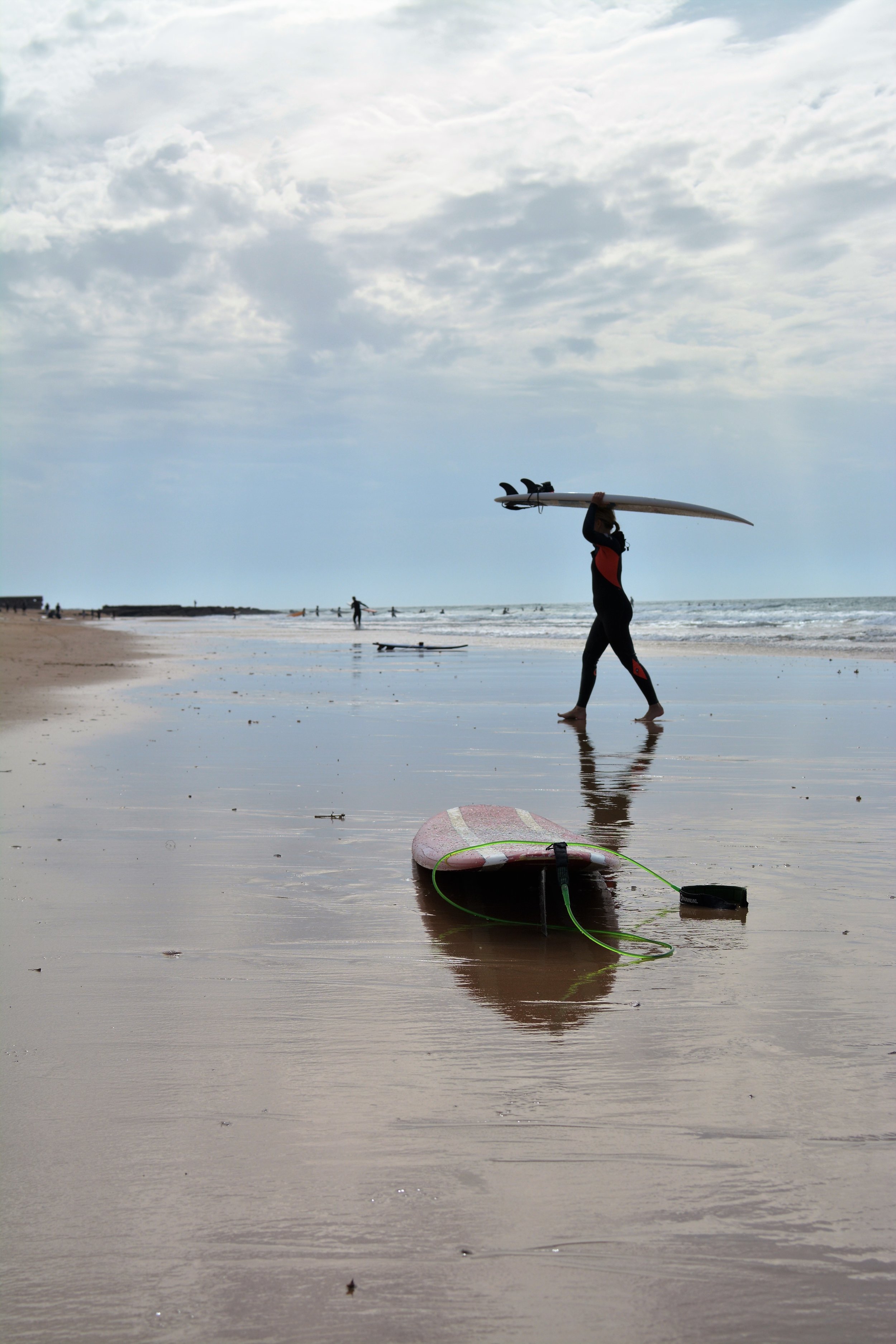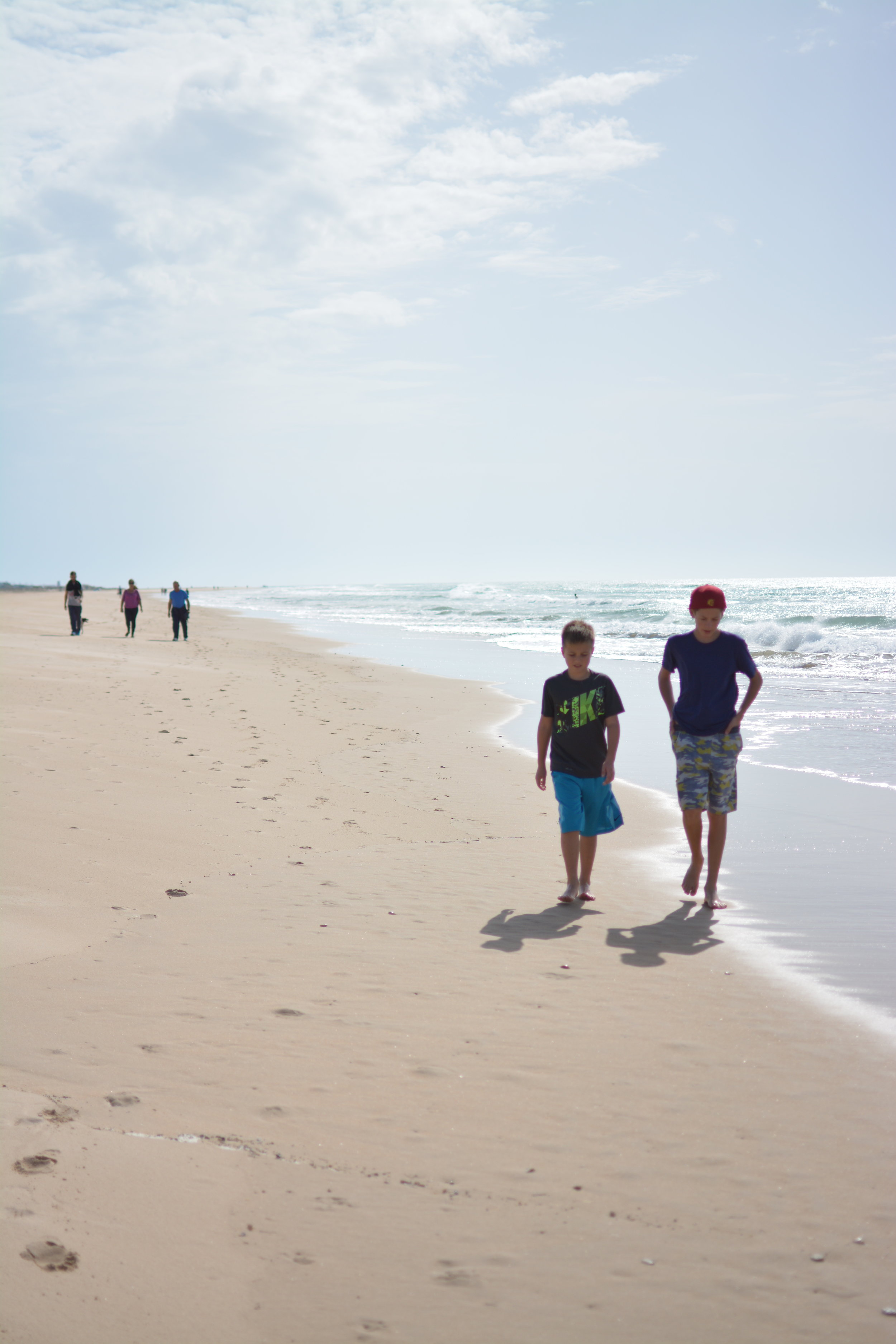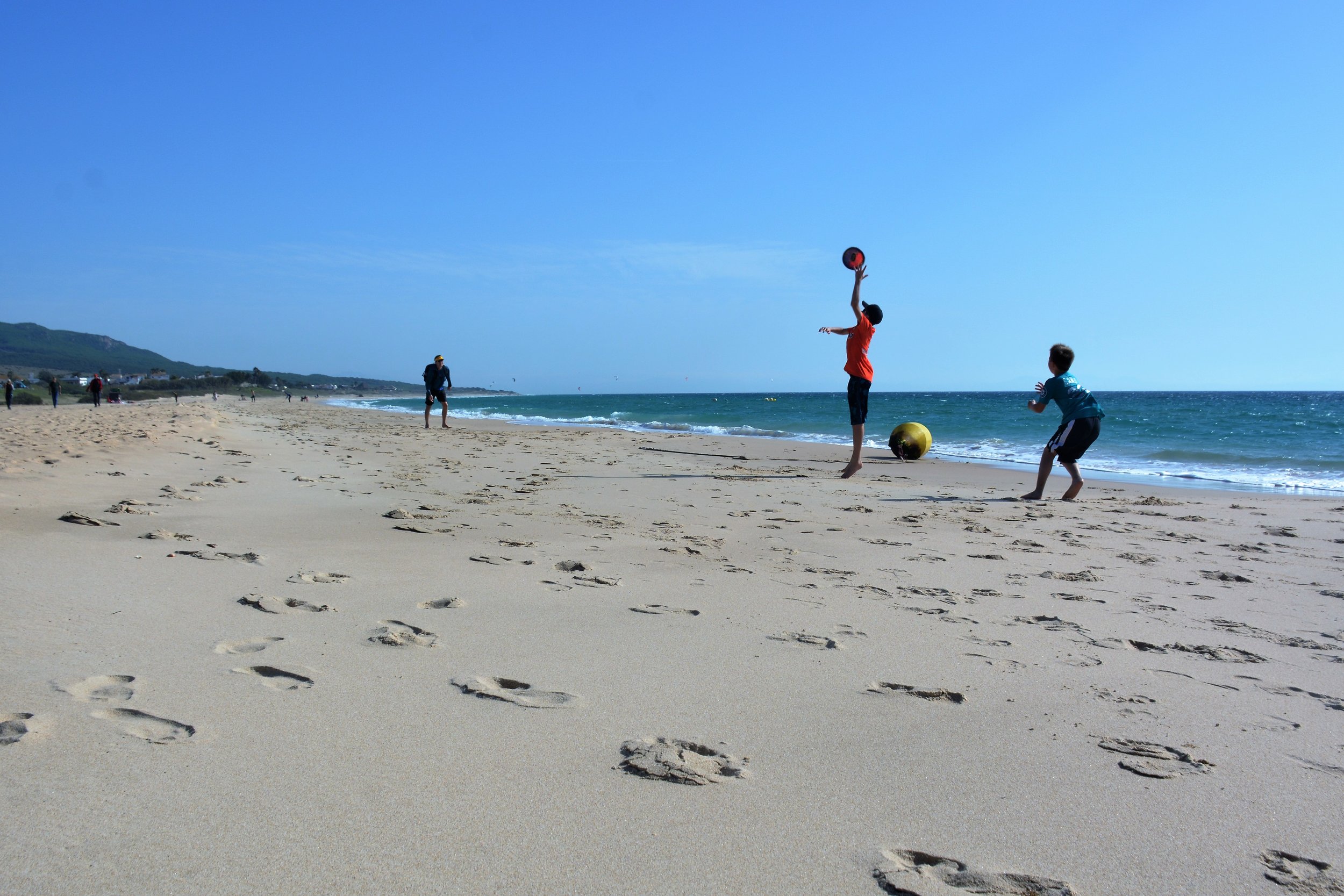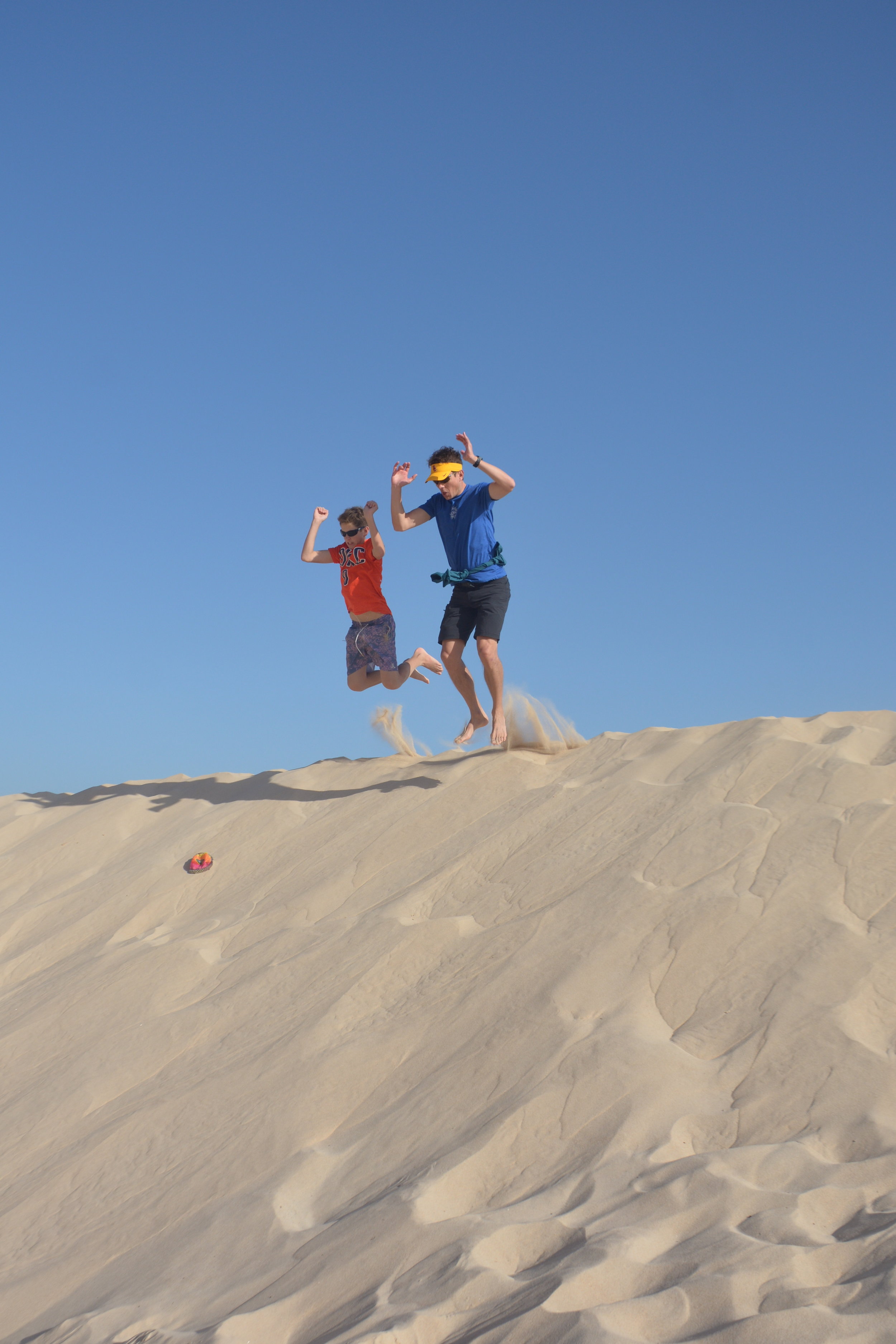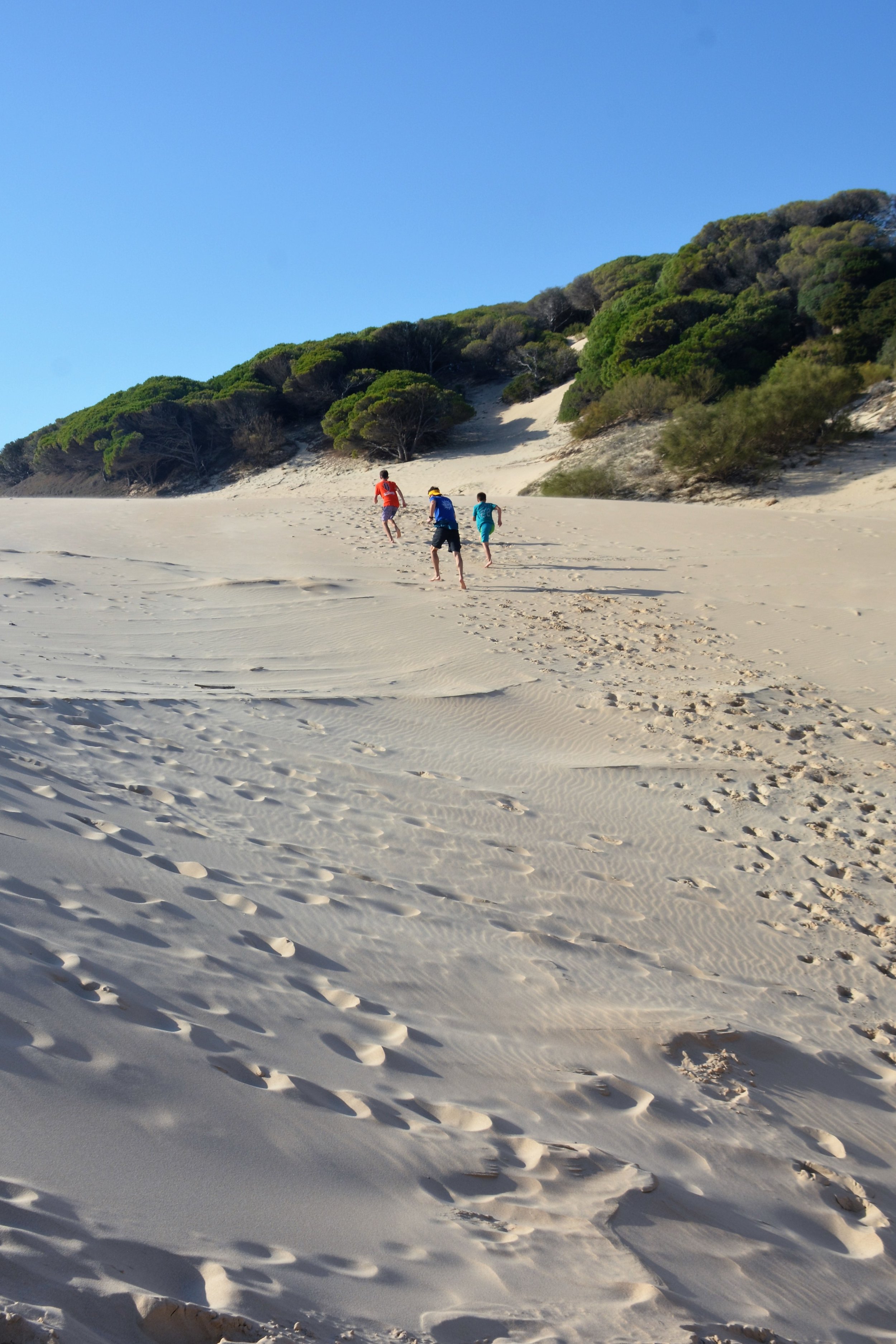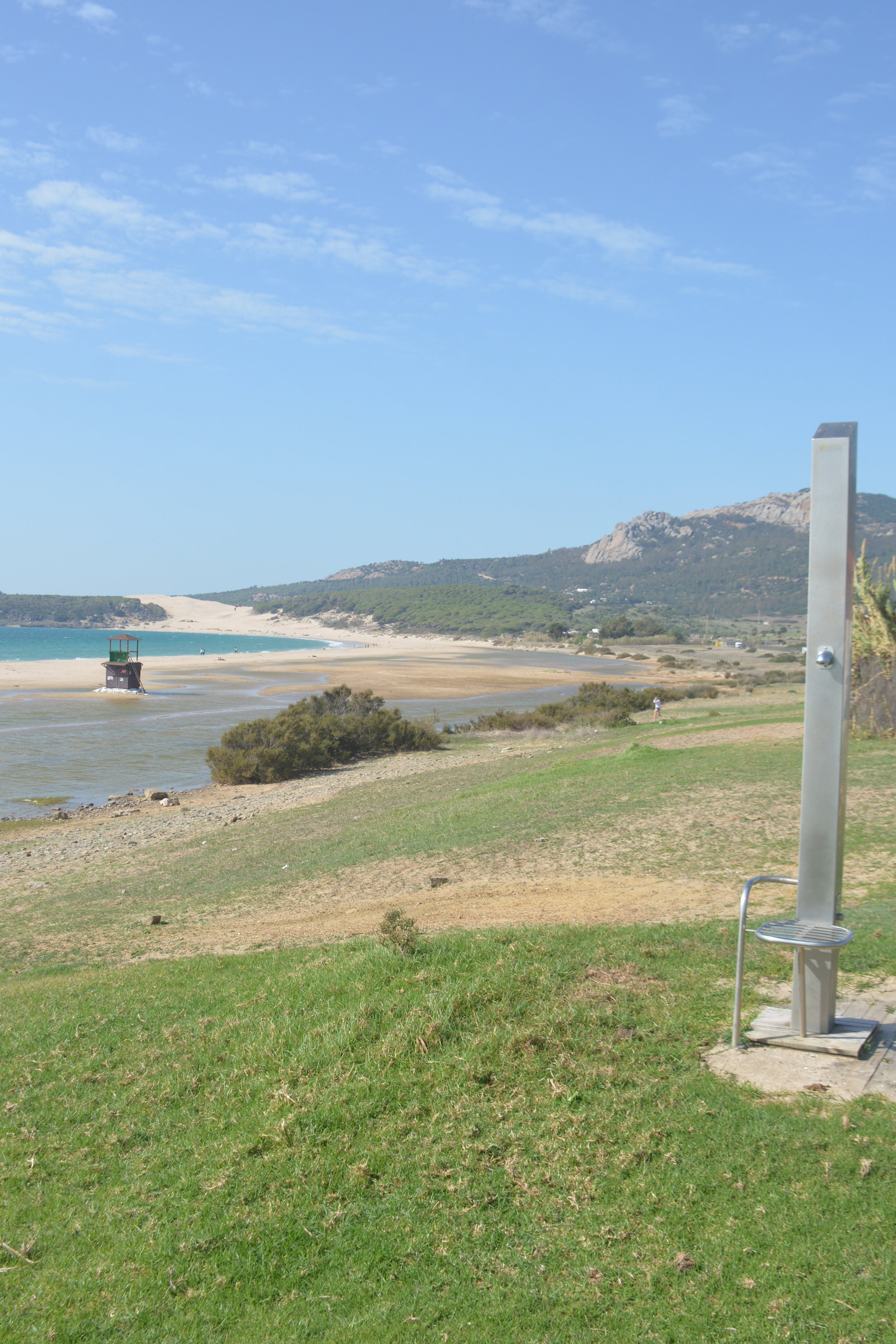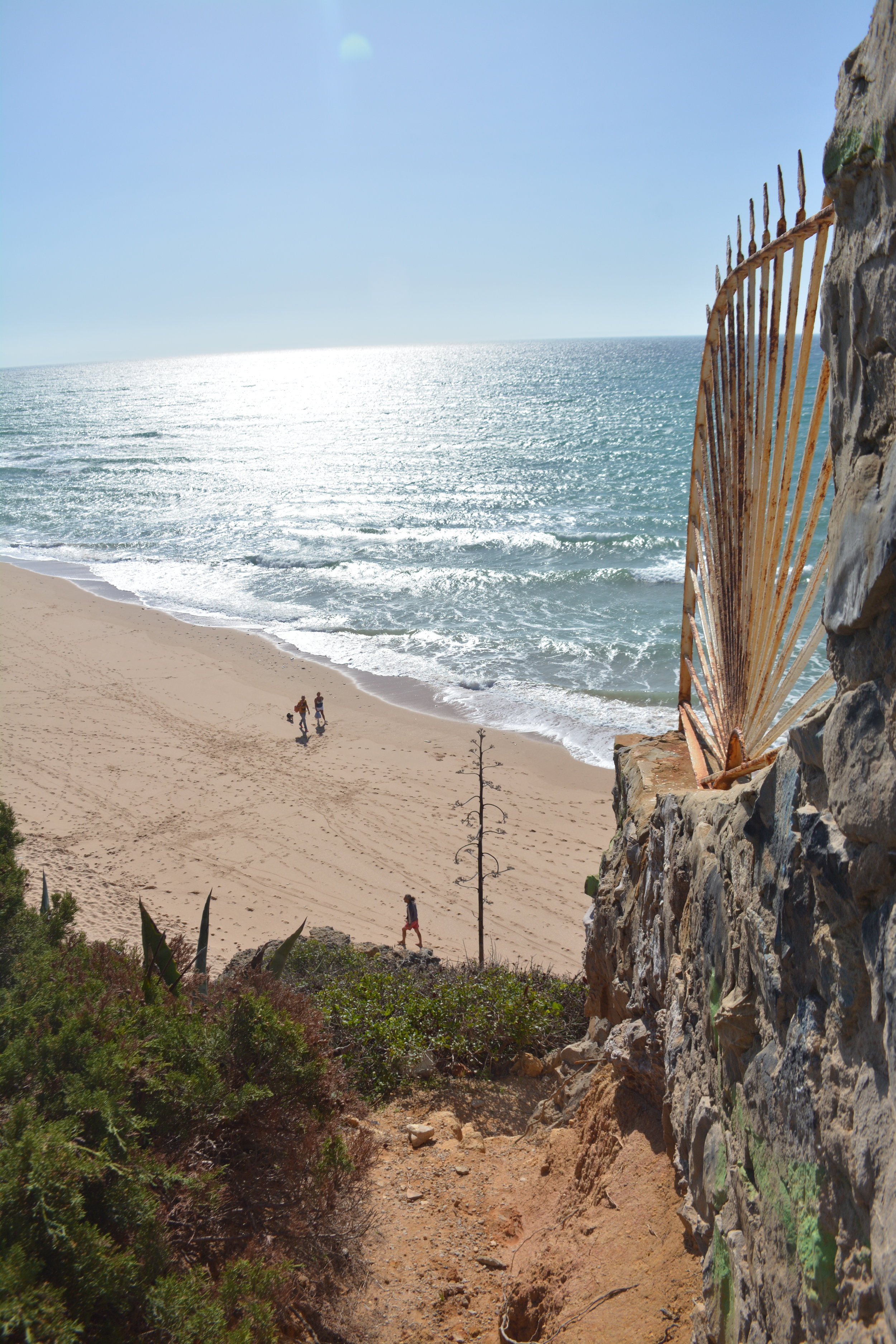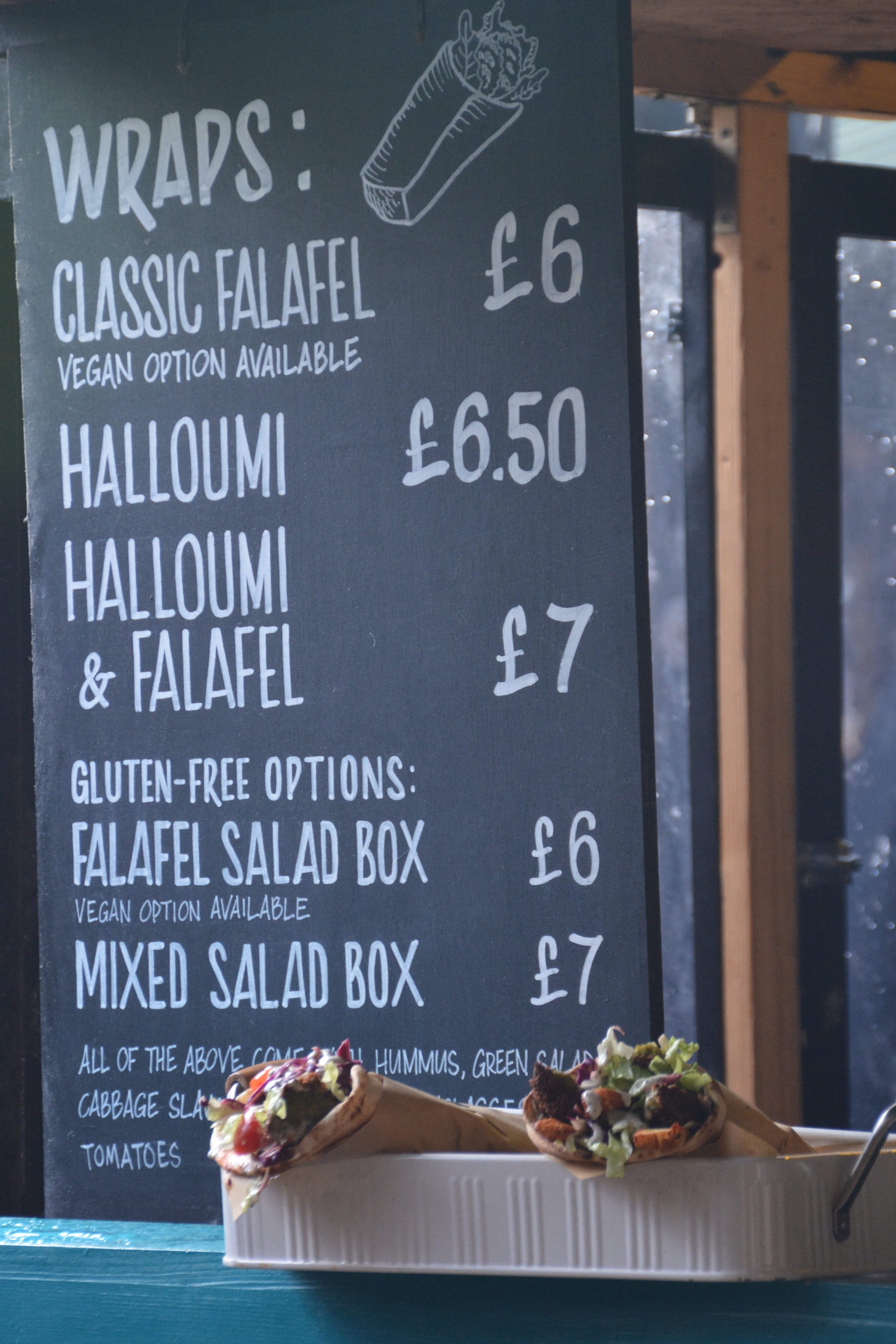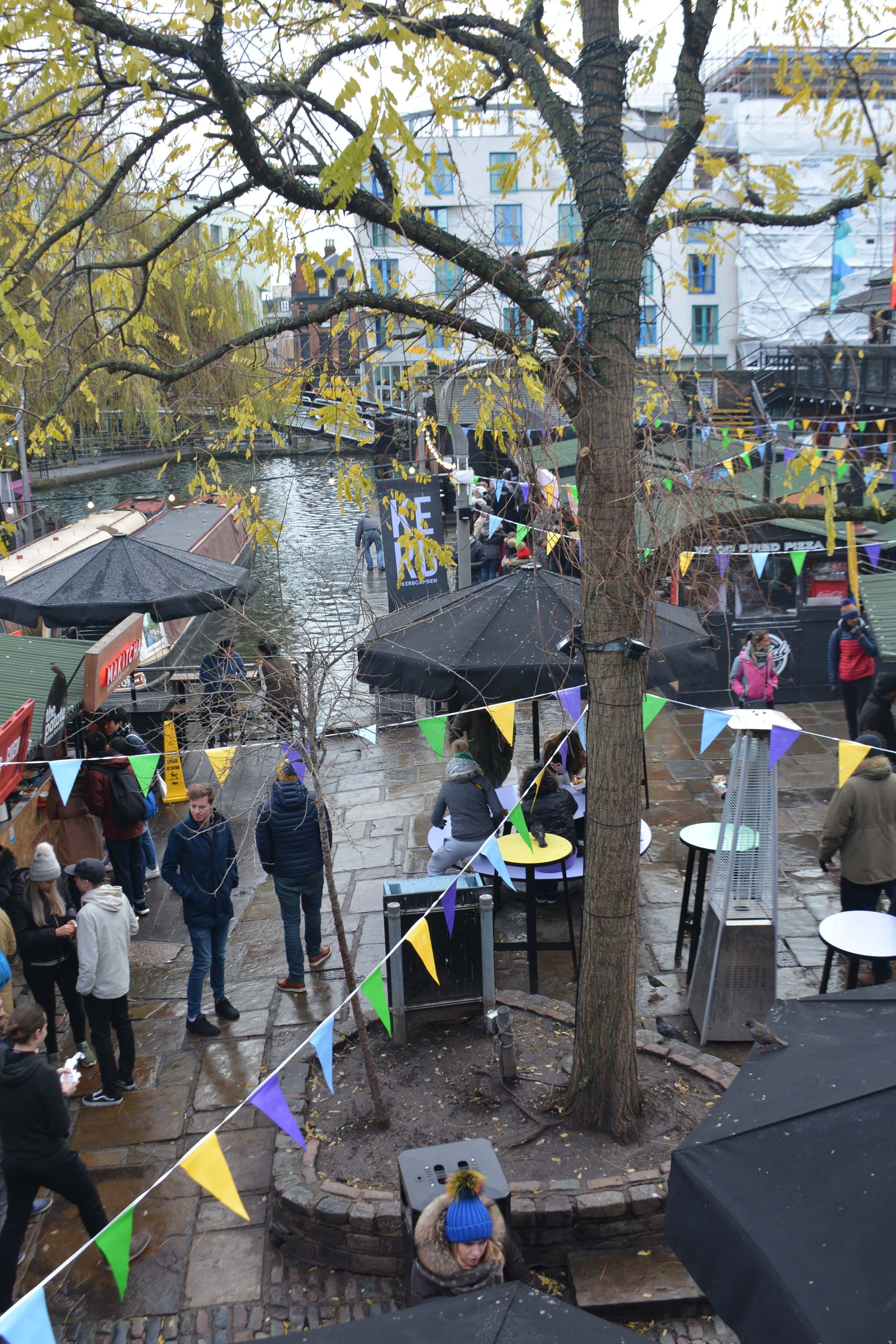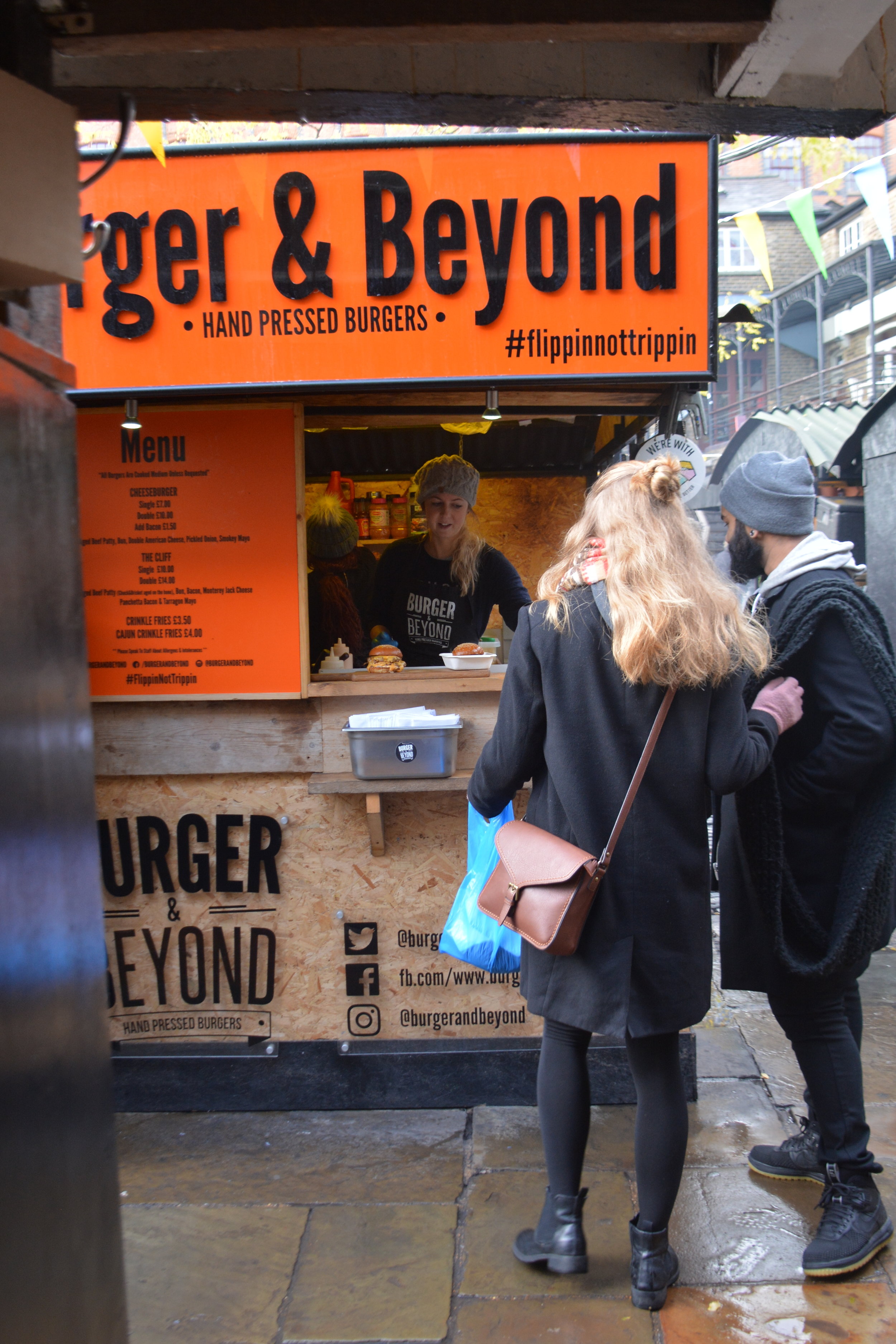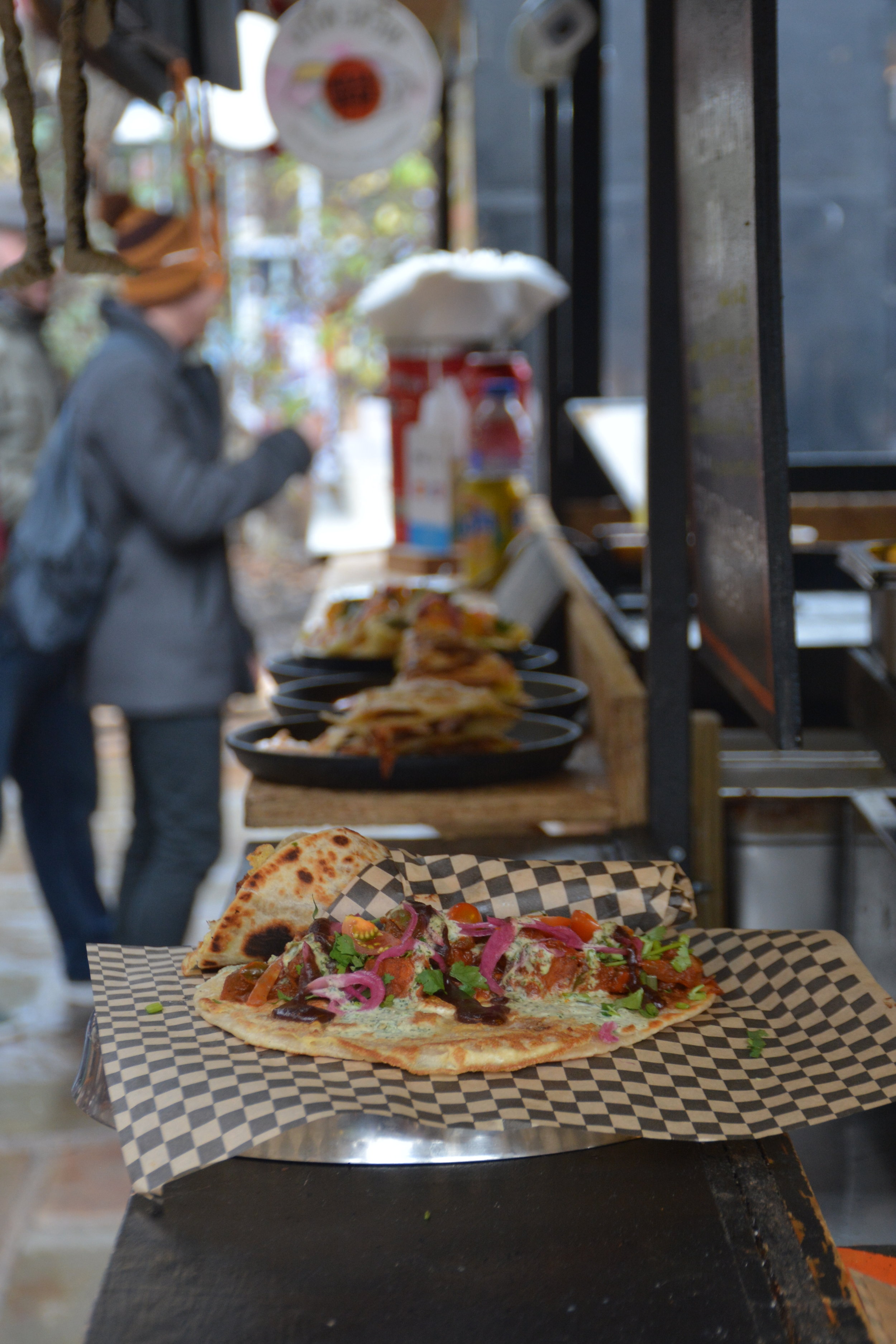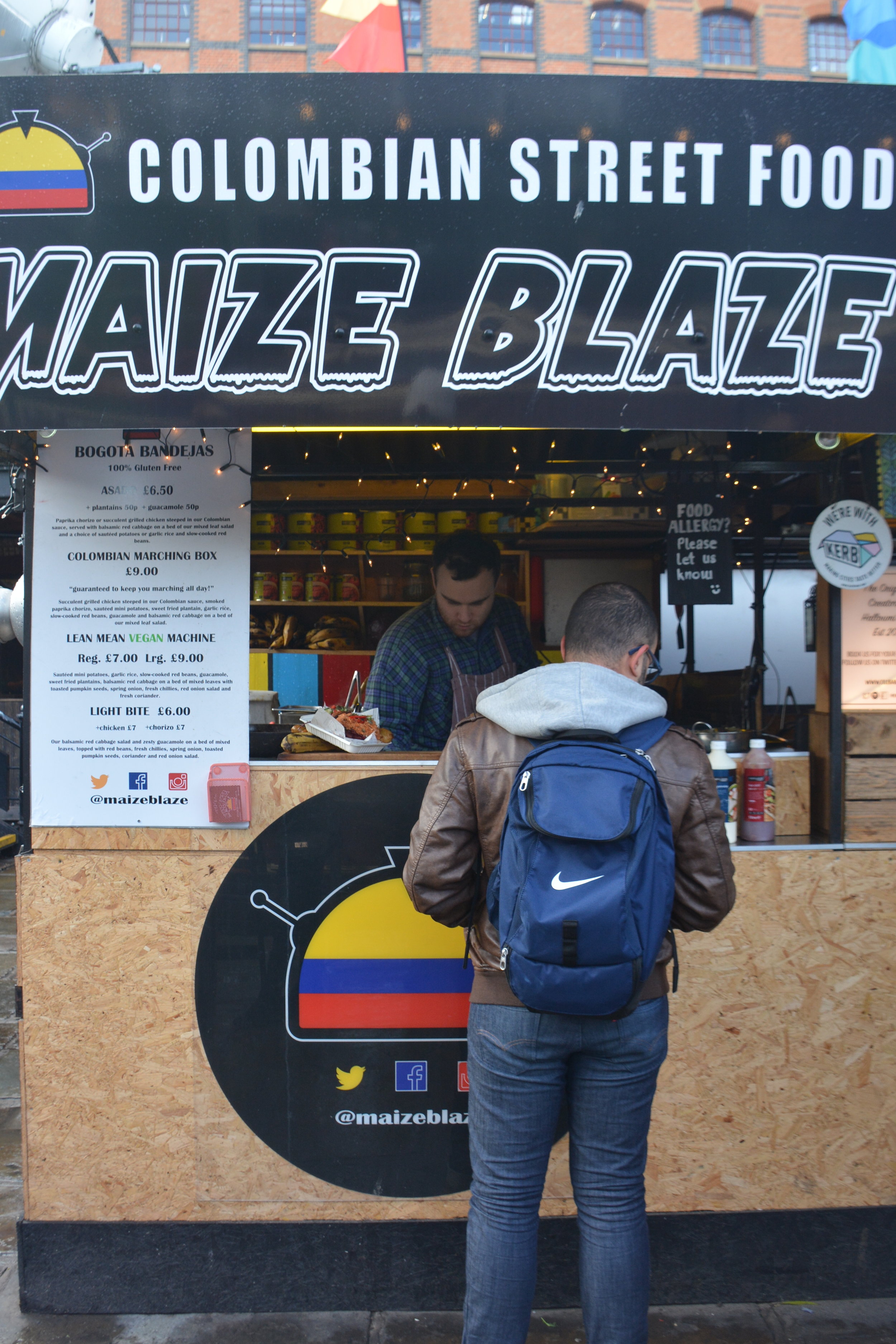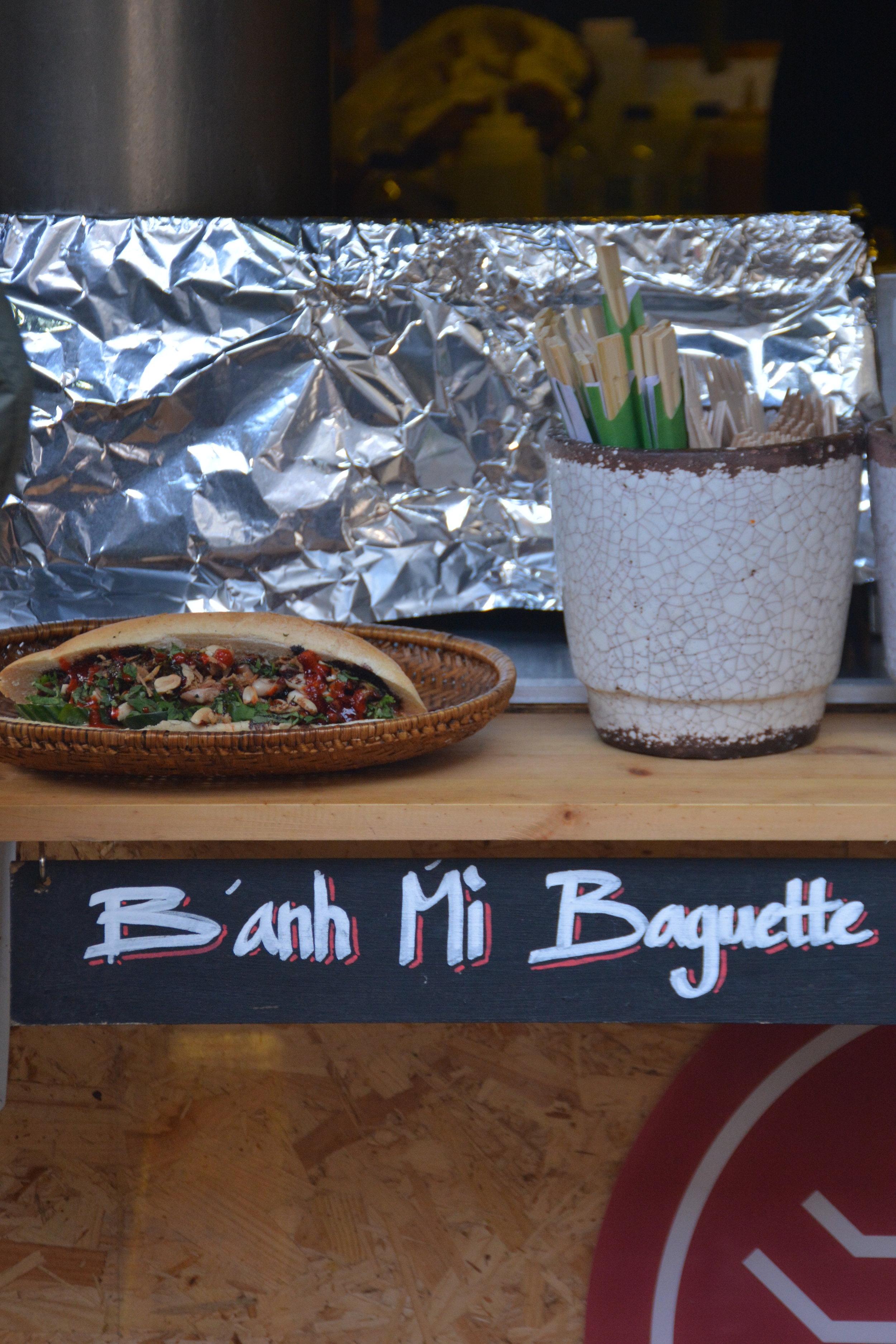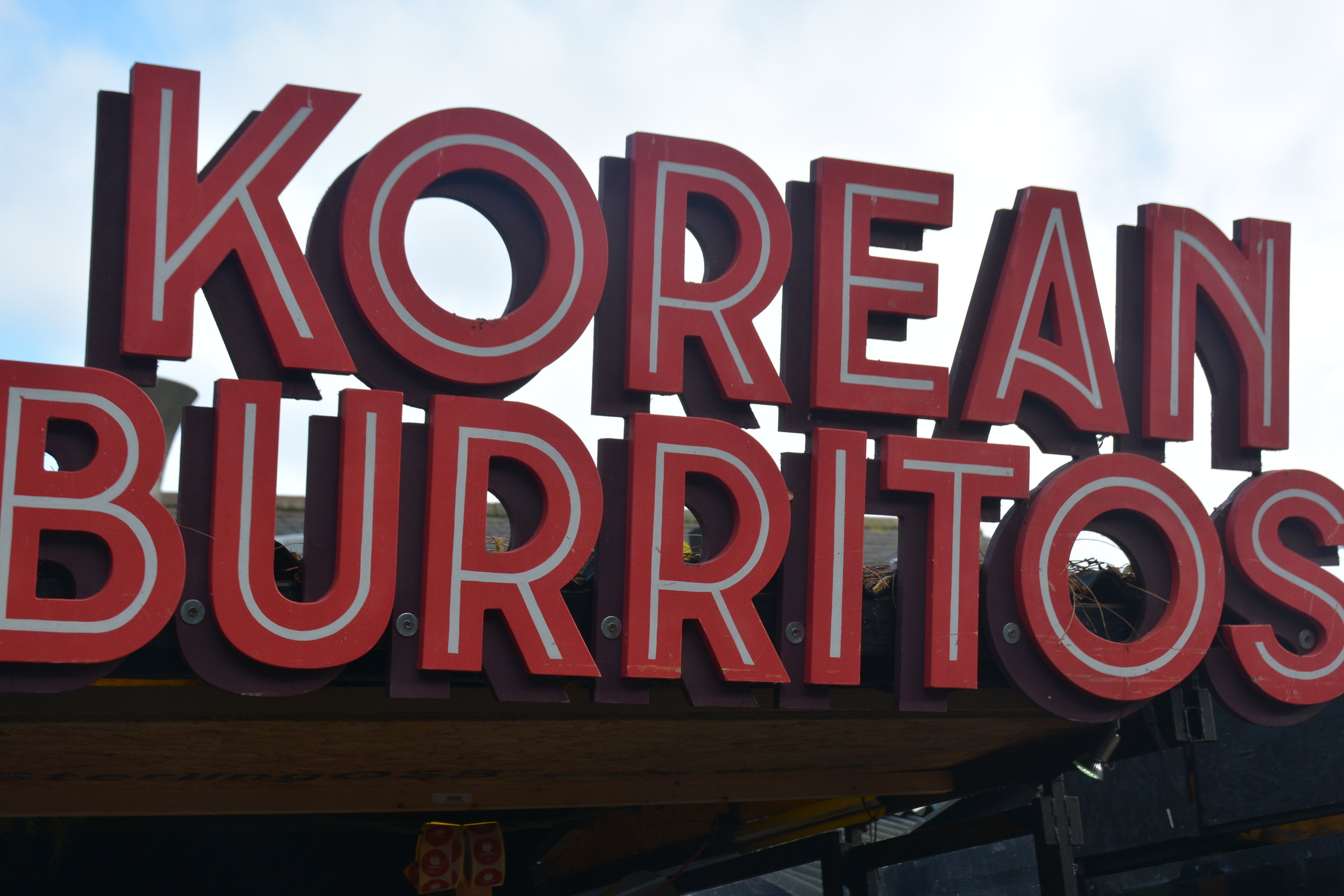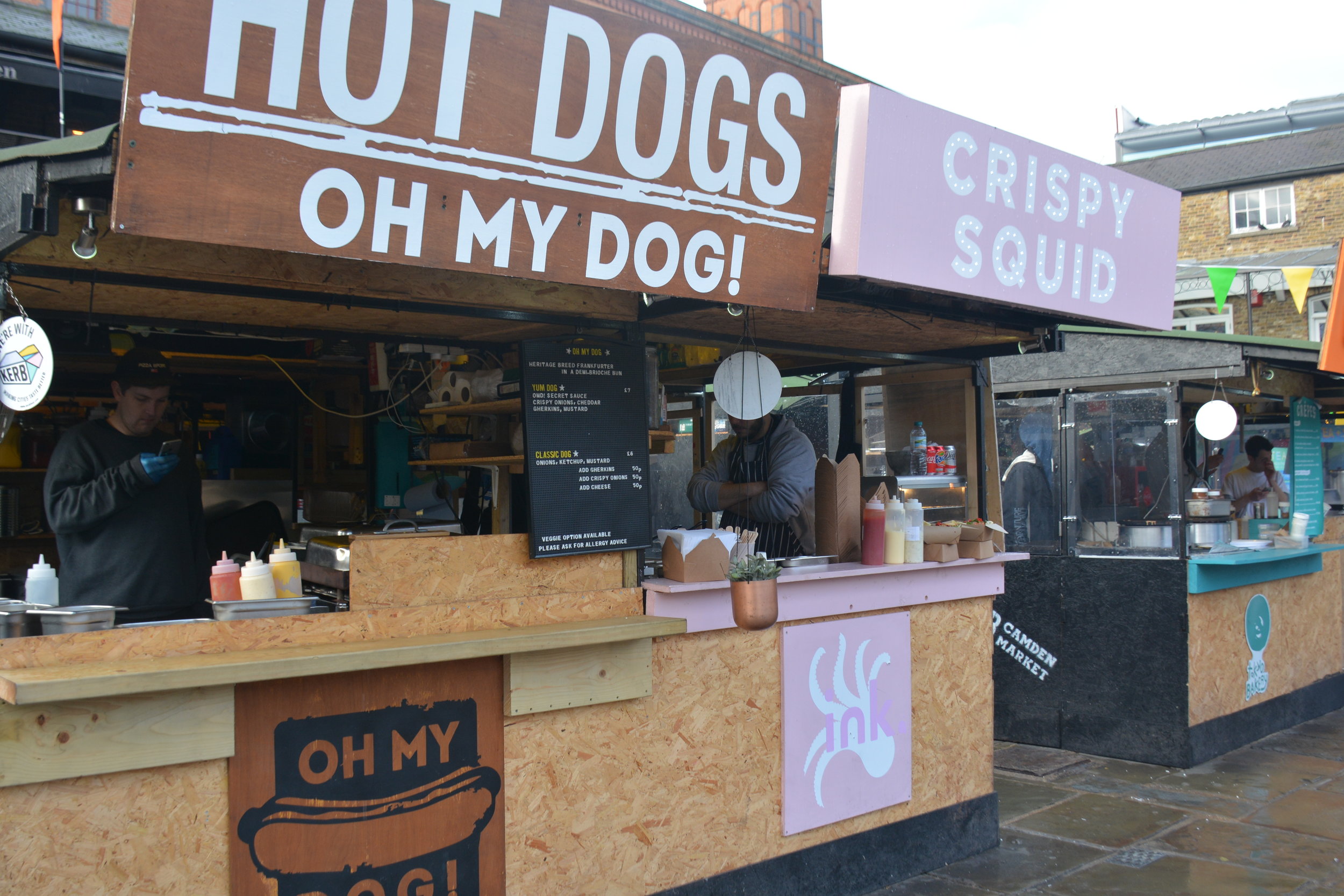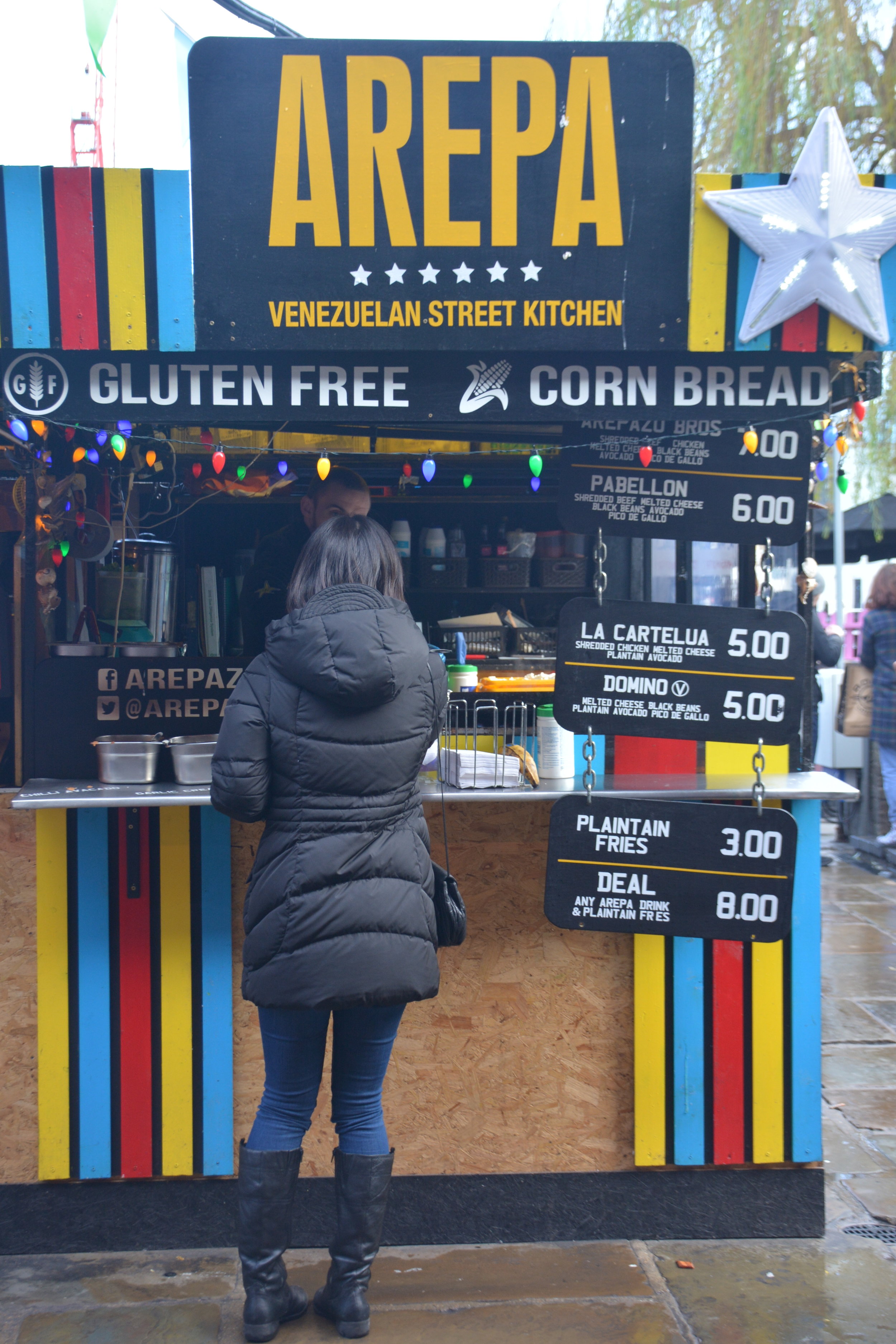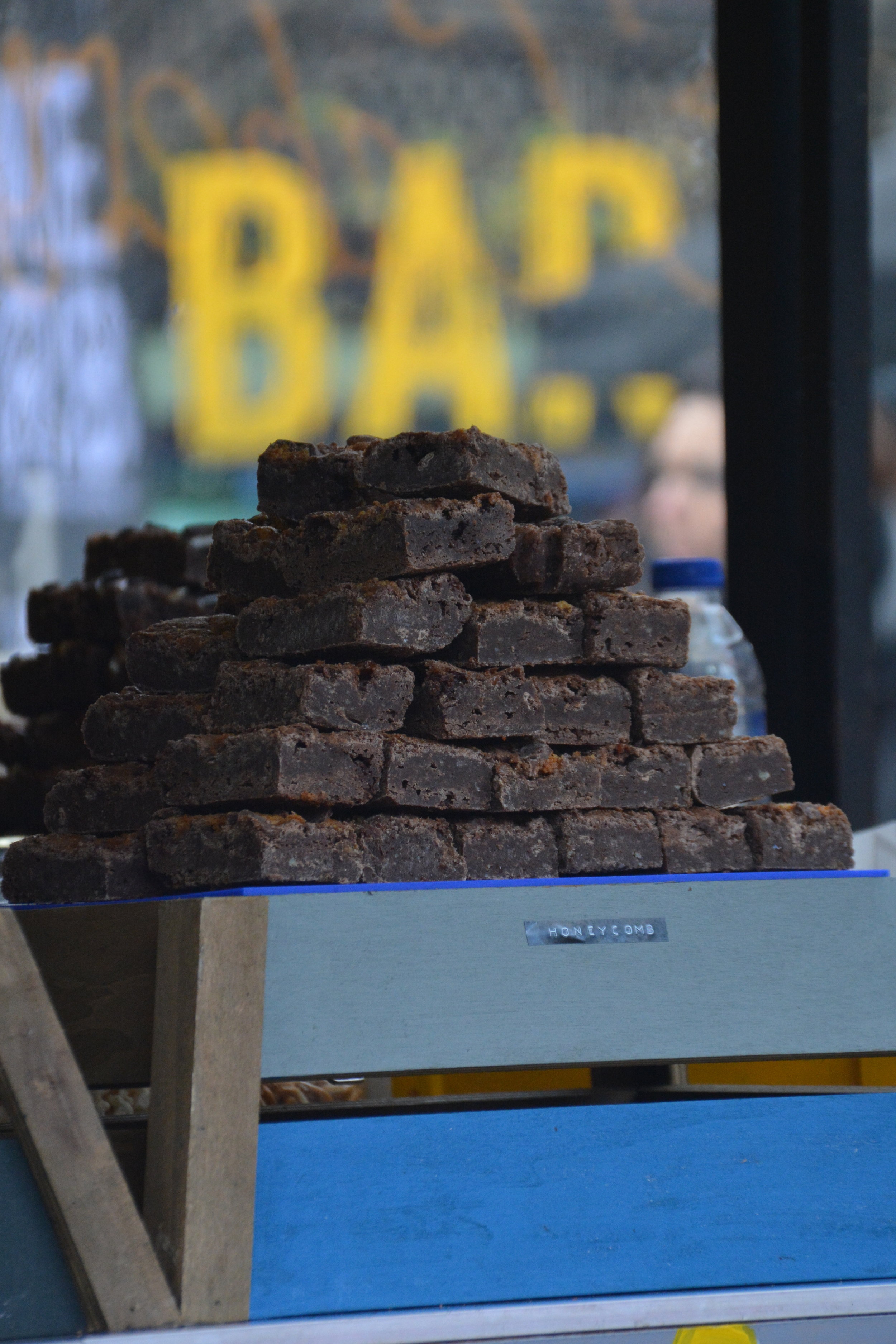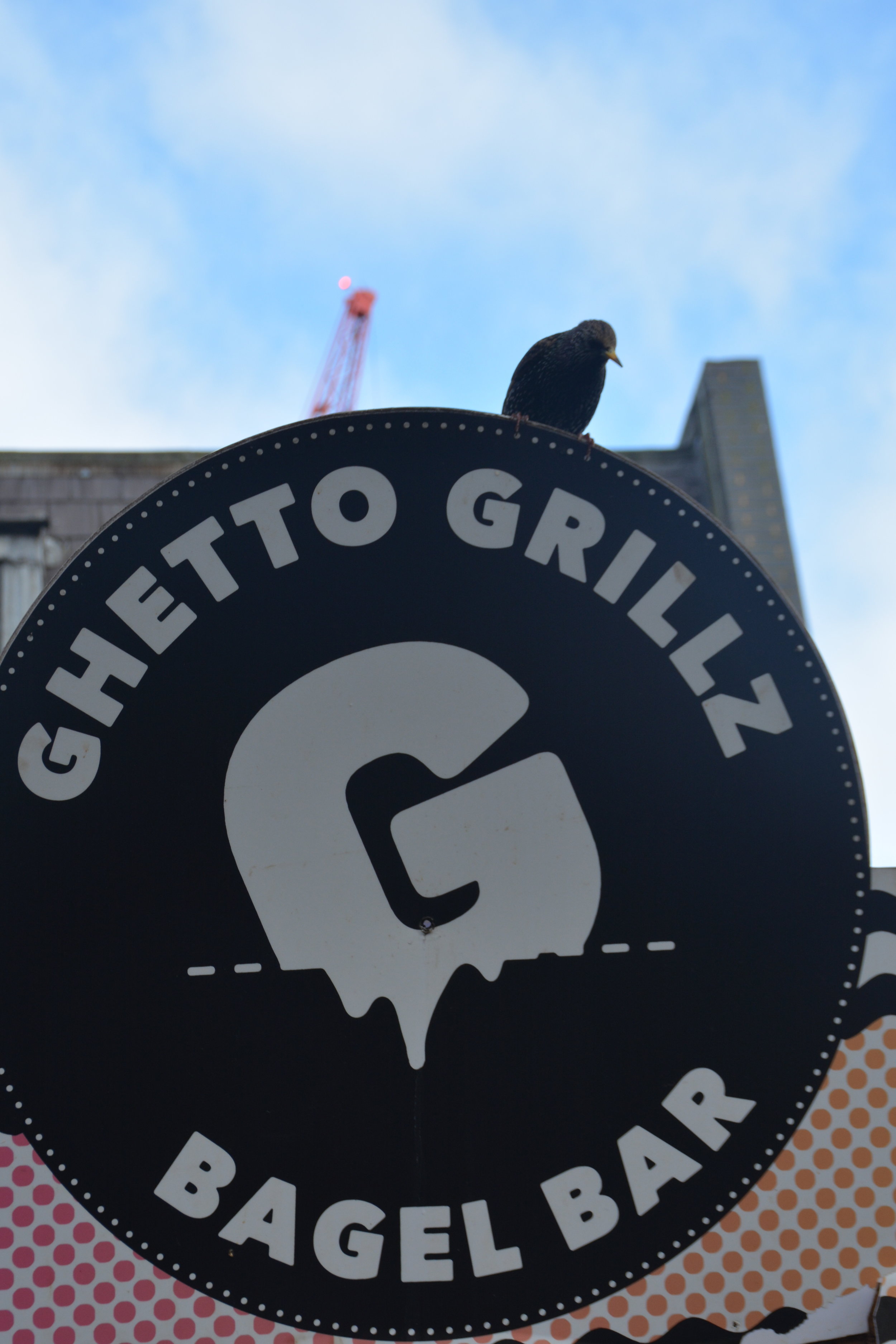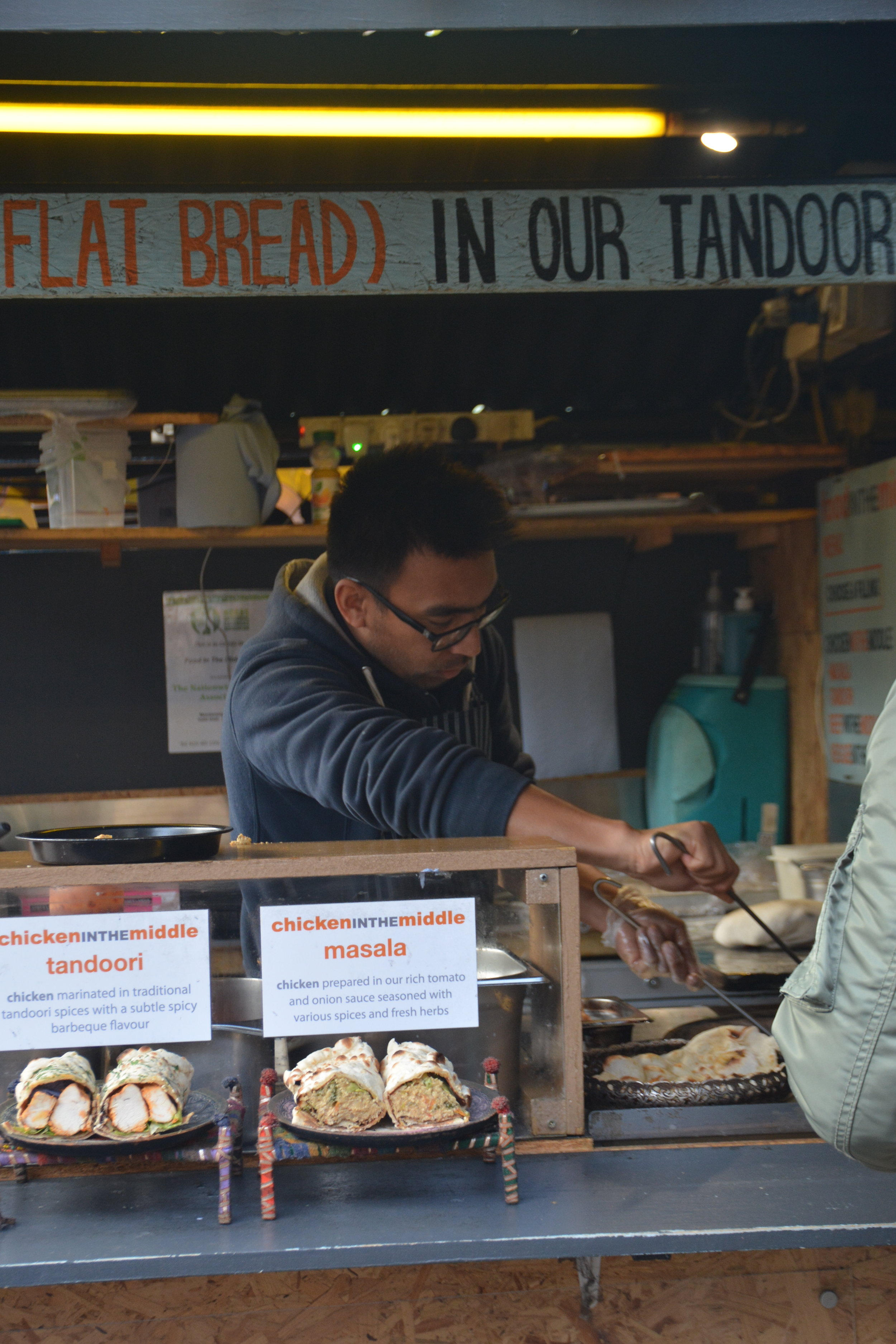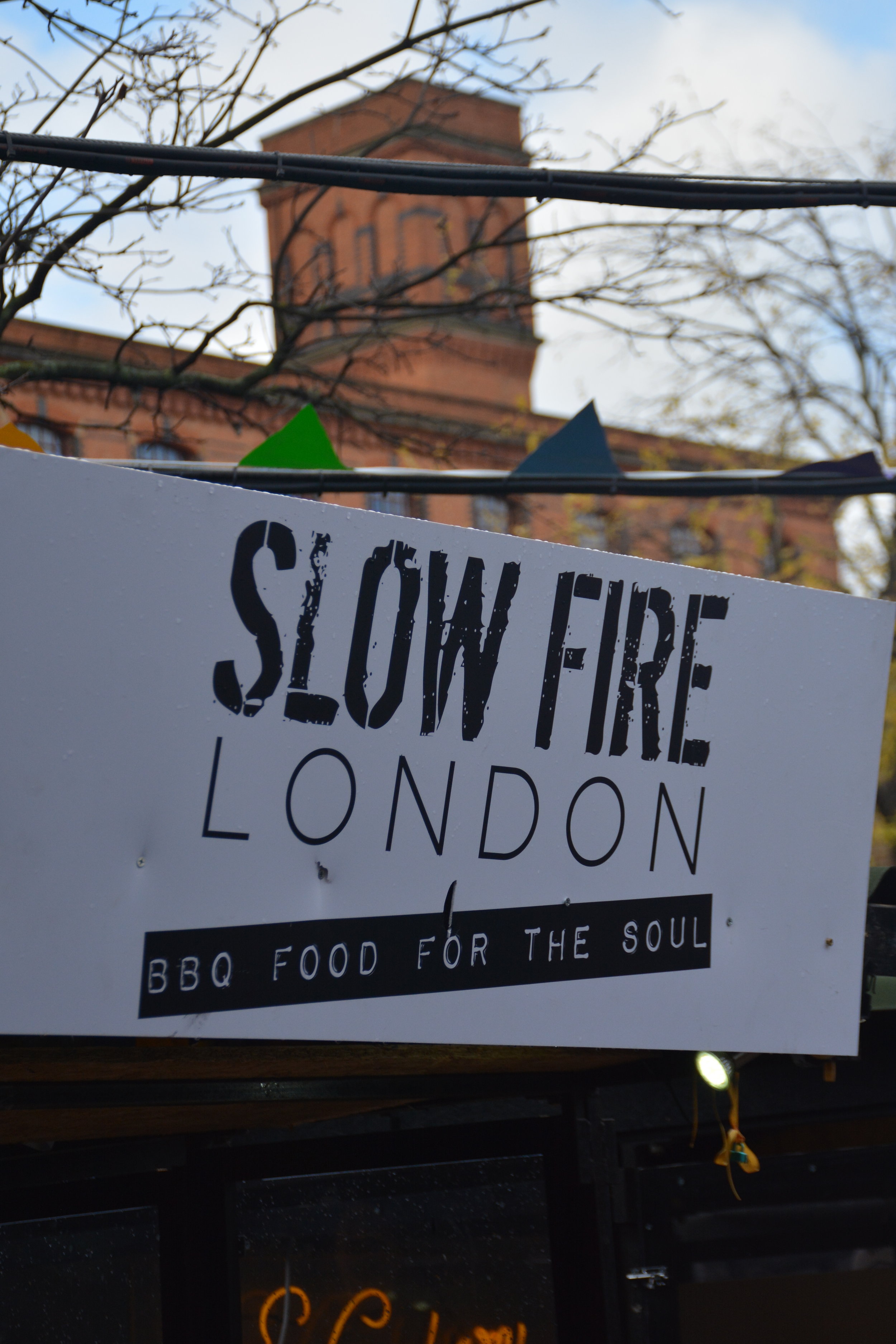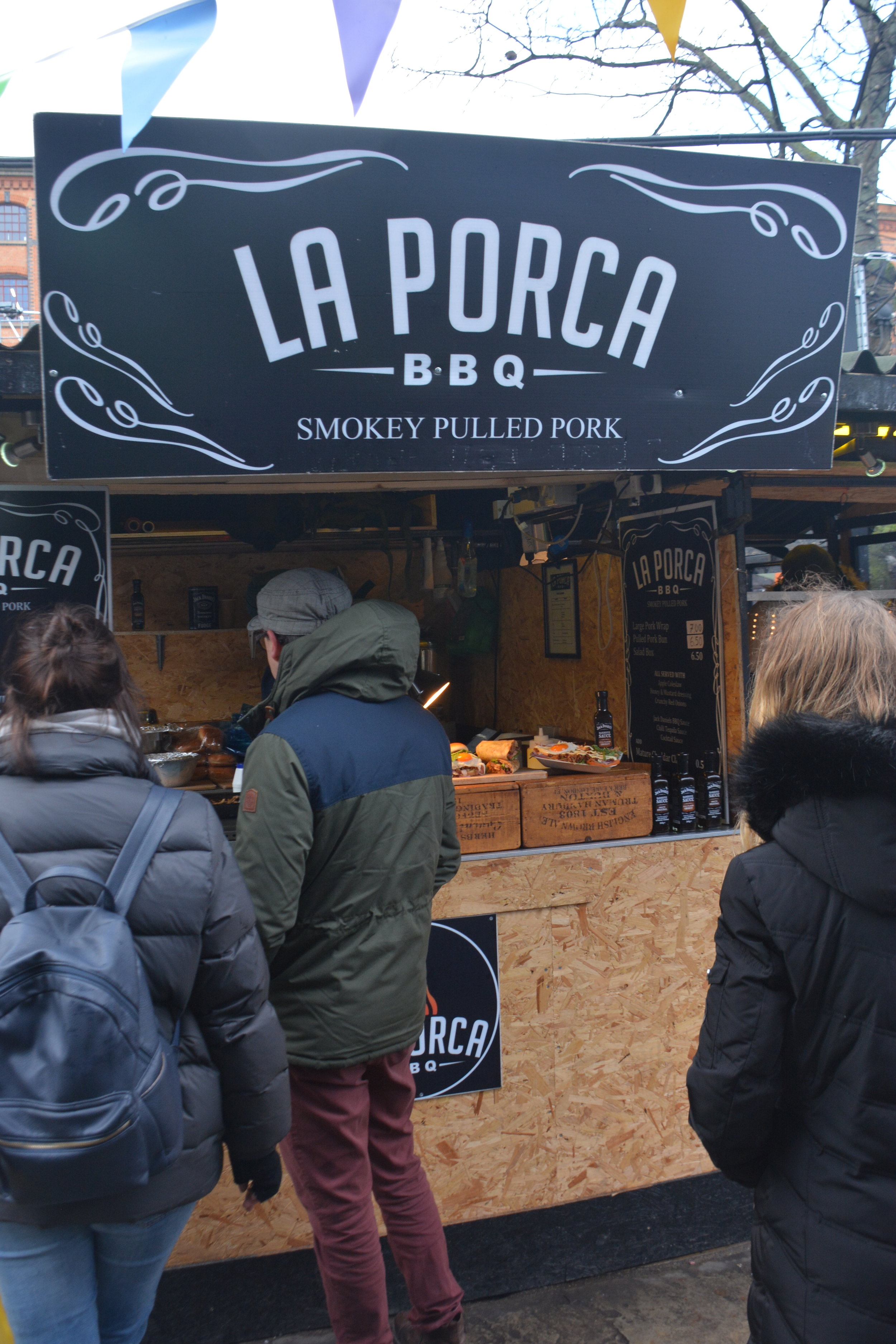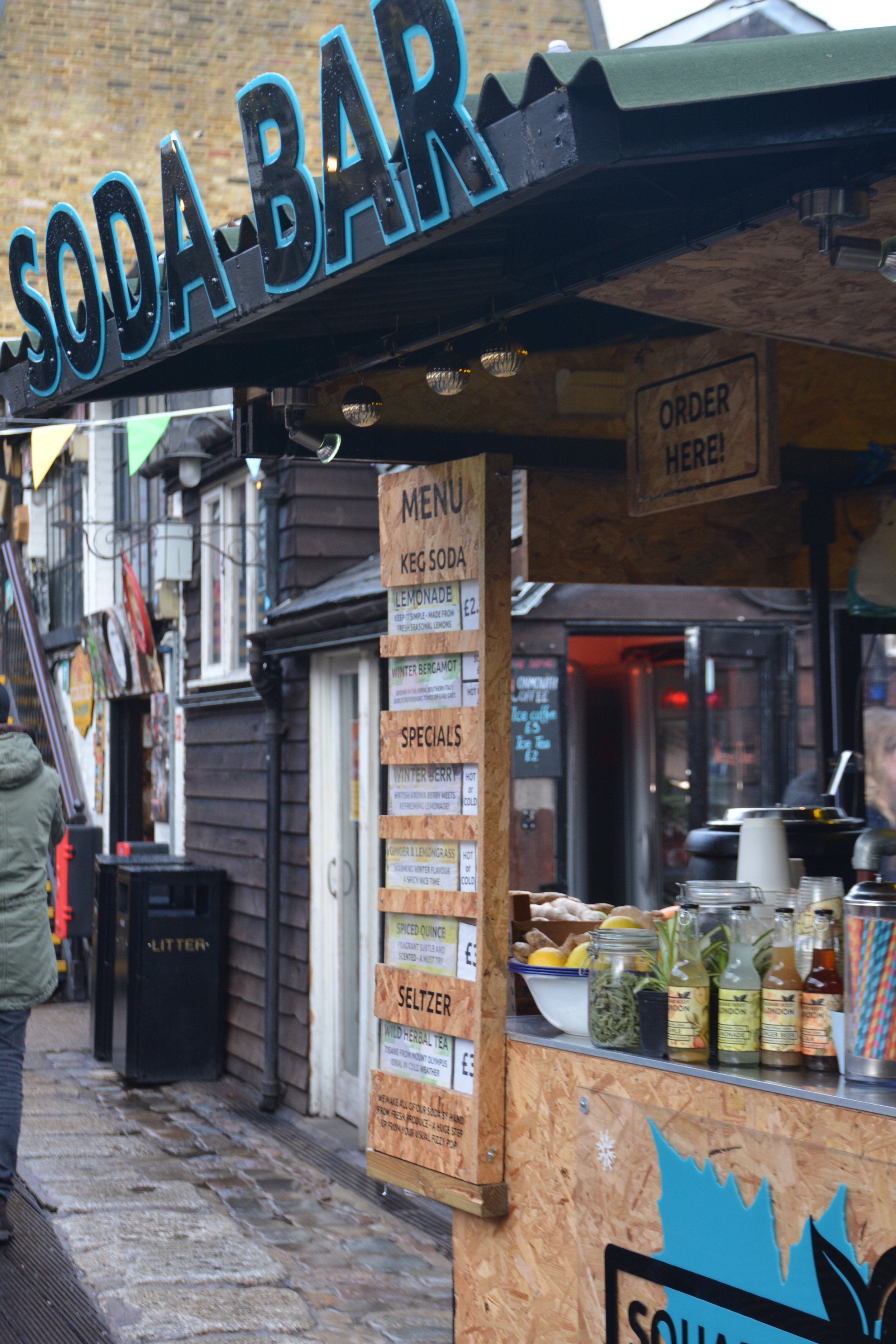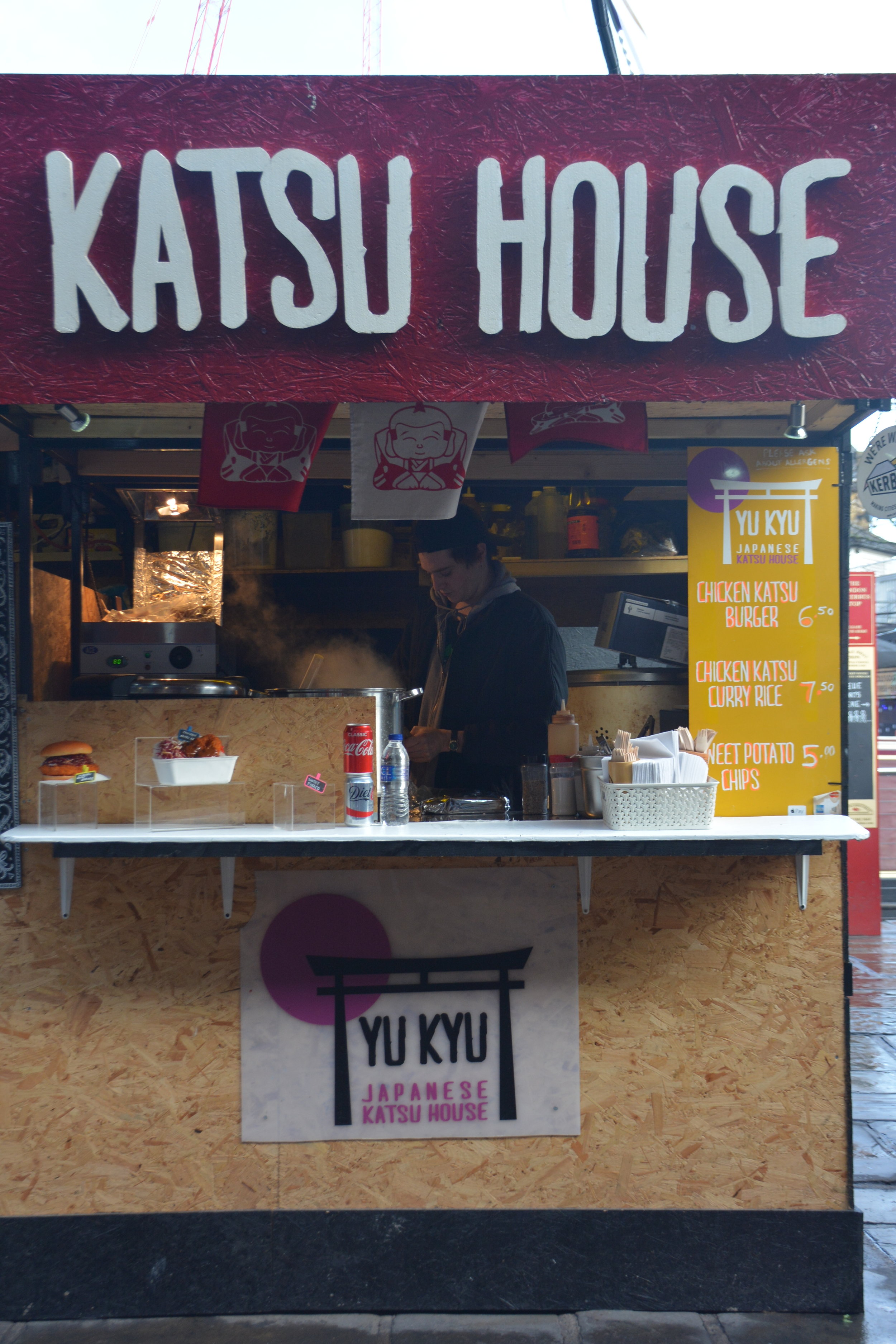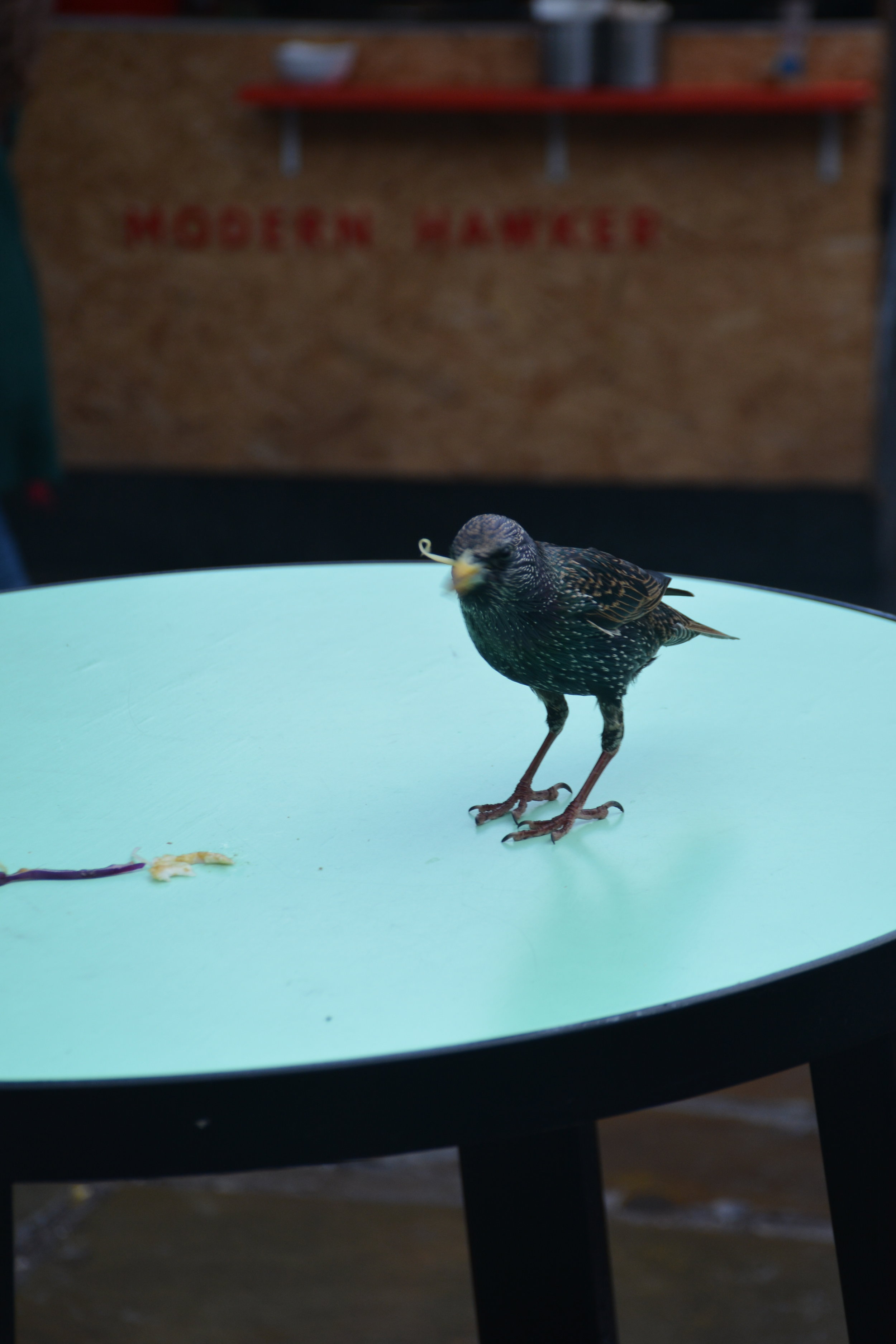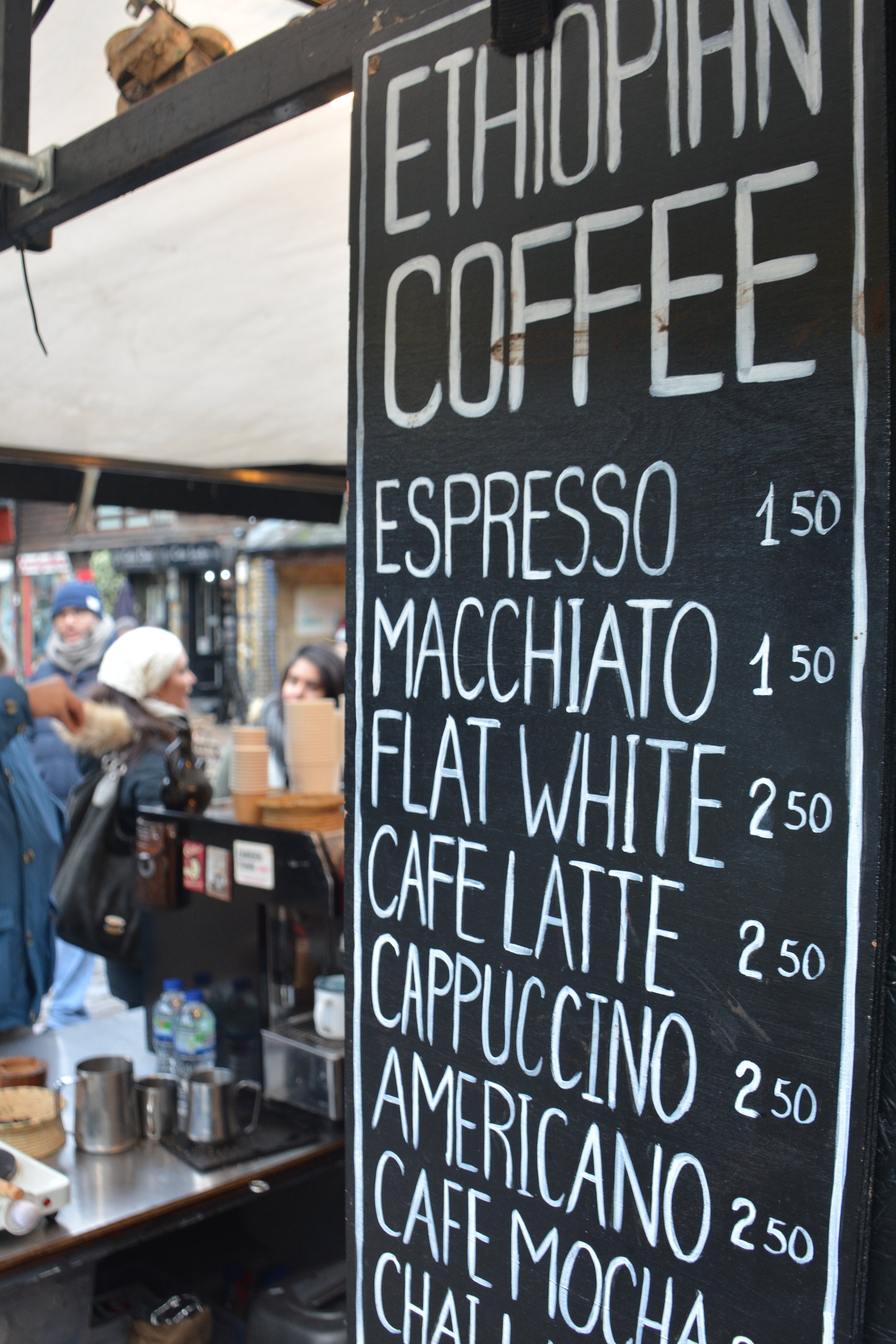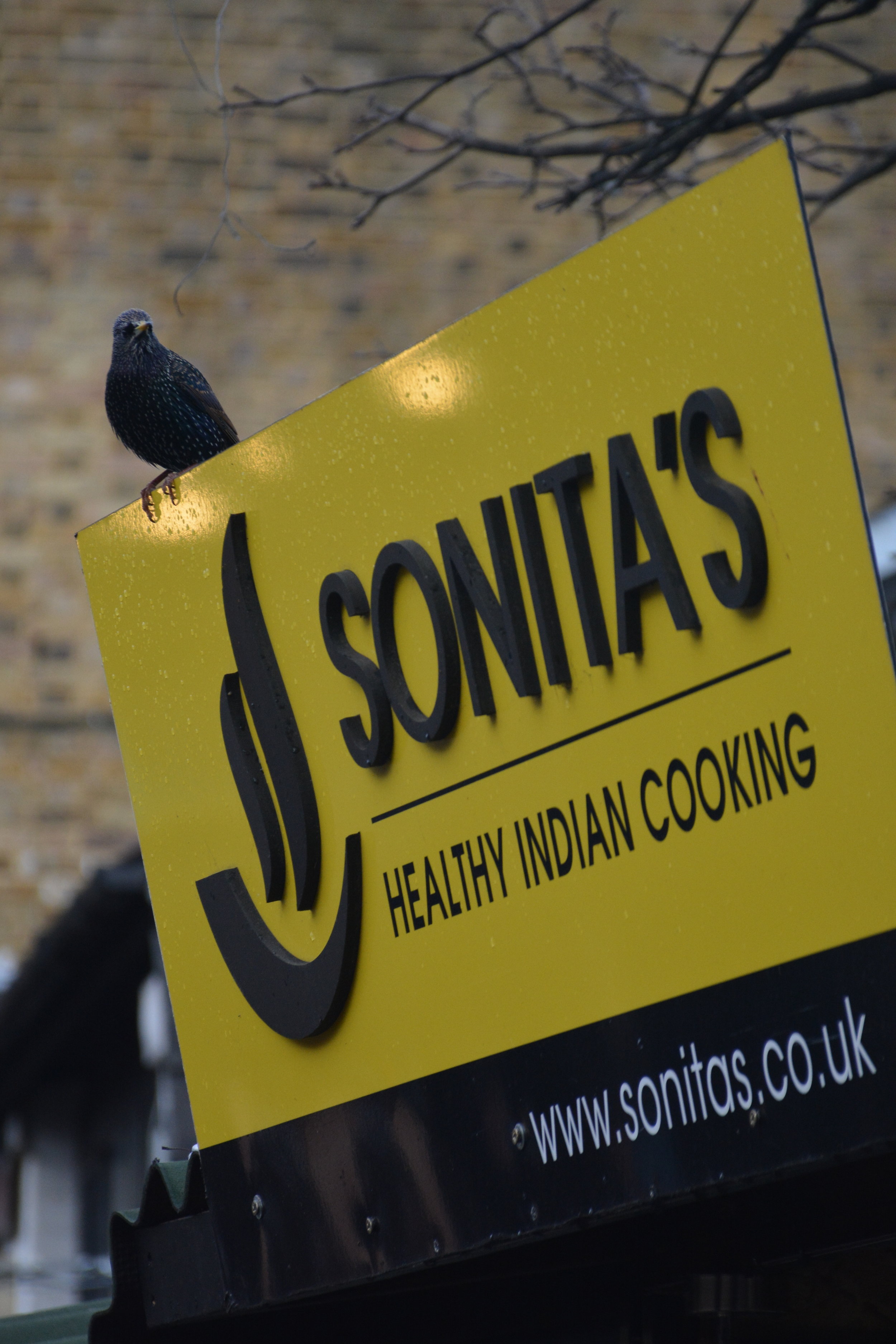We’ve been living in London for almost 3 months now. I’ve been pretty vocal about how much I love living here. The question I’m always asked next is how the kids have adjusted to the move. As today is Colin’s 14th birthday, it seemed like a good time to answer that question.
The answer is that the adjustment has been incredibly smooth. For both boys. Really smooth. I say this with sensitivity as I know moves are usually not smooth on kids and with humility as we've had our fair share of un-smooth parenting years. Aside from the occasional grumbling, we’ve registered few complaints and very little discontent on any front. There’s been no day where it’s been a struggle to go to school (except maybe a weak plea on Rugby game days), not one tear shed about the move or missing Luxembourg, and recent school conferences and reports have confirmed a very positive start for both boys. As we told Lawton, “Different School, Same Student” to which he perceptibly replied in reference to his brother, “Different School, Better Student.”
We fully expected some churn with a new city, new school, new school system and approach to education, new uniform, new teams, no car, etc, etc. Our move to Luxembourg certainly wasn’t this easy and I fully expect the natural bumps of life to show up here in London too. But I’ve been thinking about why the transition itself has gone smoothly and I’ve identified several things that have likely contributed:
A second move is naturally easier than the first. You know better what to expect and you’ve practiced the skills needed to learn a new place and system. You hope a move grows some adaptability muscles in your kid and it’s cool when you see get to see them flex those muscles when they’re uprooted and replanted again. Luxembourg was wildly different from Seattle but London is less different and in some ways a natural bridge back for them between European and US culture.
Their ages are right in the sweet spot for living in an urban city. At 10 and 14 years old, they have just enough control of their bodies and reasoned thinking to make navigating a city manageable. More importantly, they seem to have understood – with wisdom beyond their years -- that this move was both an opportunity for Brett’s career and our family. We sometimes assume our kids don’t see the bigger picture but it’s surprising how willing they can be to go along for the ride when they sense that ride is something their parents feel called to. It probably helps too that they see how happy Brett and I are being here.
The sibling relationship is a fickle thing but my boys picked the very best moment to decide to be each other’s best friend. This move would have been much different if they didn’t have each other to lean on and if they didn’t genuinely enjoy each other and share some interests. They were looking forward to finally having their own rooms when we moved here, and even though they do, they are back to essentially sharing a room.
Their new school is so vastly different from their old school and that helps them from constantly comparing. While the boys would still tell you they miss and prefer their old International school in Luxembourg, they speak of it with nostalgia and not pining. Things look good in the rear view mirror and that is healthy. The things they like about their new school are different than their old school and while Lawton in particular wishes for more friends, he seems to also understand that they will come with time.
Finally, we have a Virtual Village of friends who care and pray for us and I believe have carried our boys through what easily could have been a different transition. Hard transitions grow muscles too but apparently those weren’t the ones we needed this time. If you were part of that Virtual Village, thank you.



